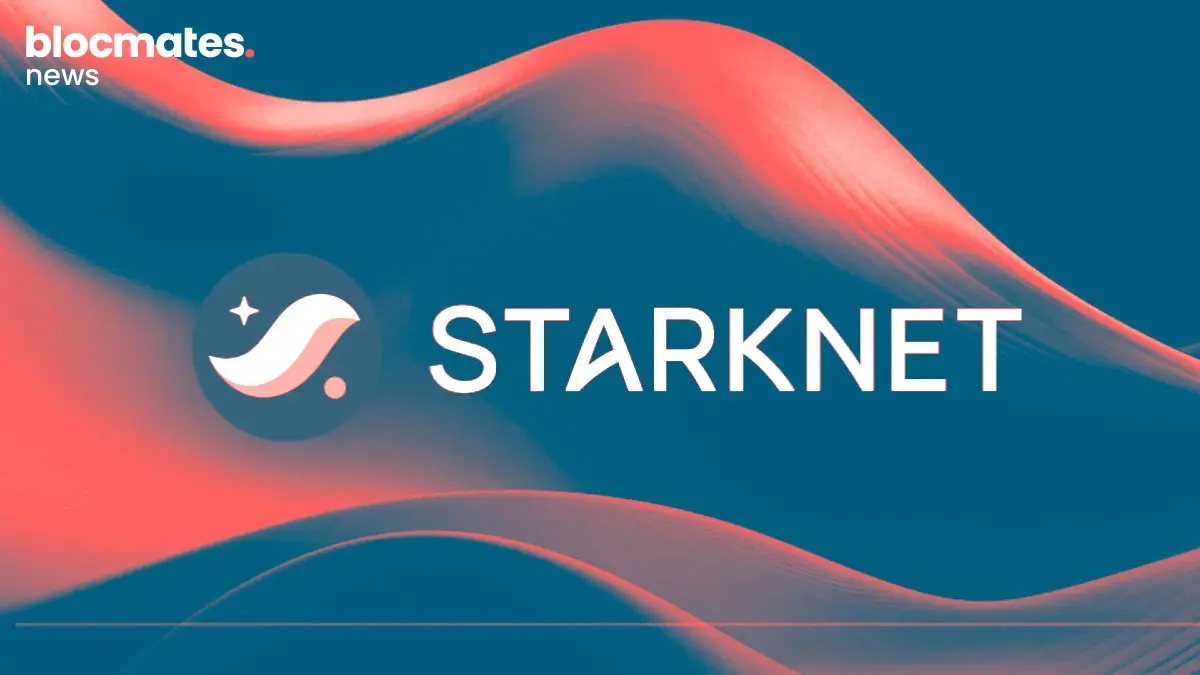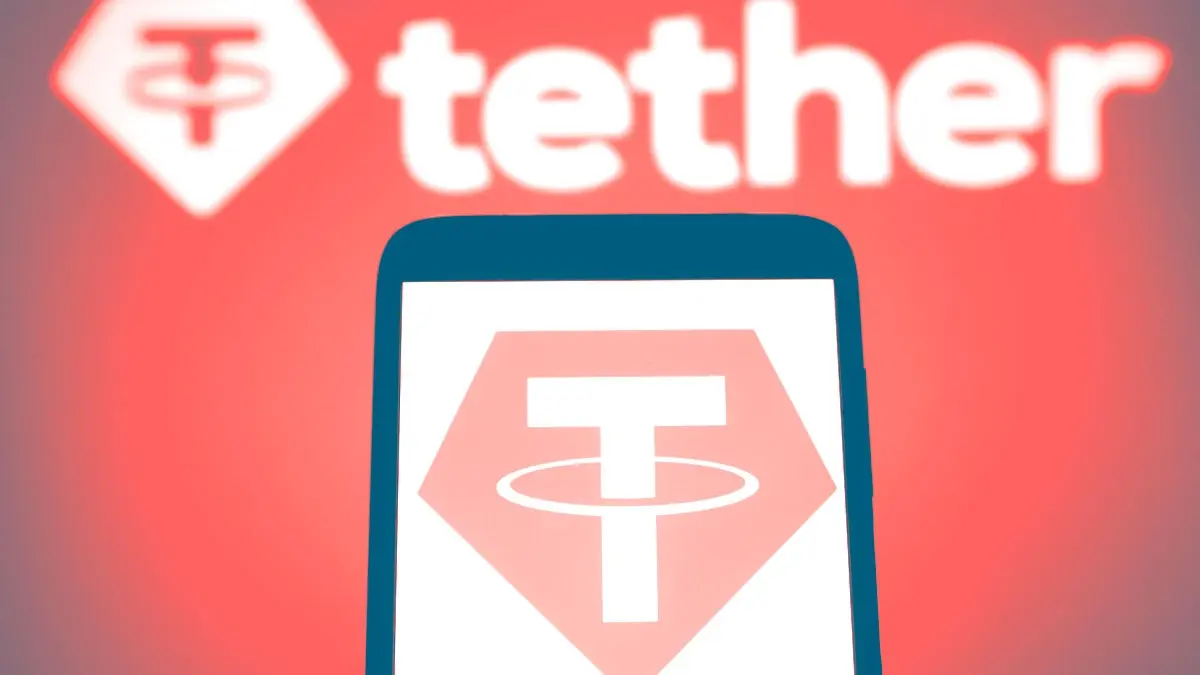Hey! I’ll tell you what, with ZachXBT-grade onchain sleuthing (and patience), crypto transactions are traceable - but you knew that, didn't you?
Today, we can figure out the 78-year-old granny who drained your wallet or the DPRK-linked hacking groups terrorizing every protocol.

And yeah, those are the “bad” cases, but they only exist because onchain activity is out there for all to see. Surprise! Public ledgers are, in fact, public.
Crypto and privacy
You see, while today’s kids might not know it, the Uncs do, that the journey to Bitcoin and the rest of crypto today began with the cypherpunk quest to build an open society with privacy as its foundation.
This was the idea that led to David Chaum’s privacy-focused digital currency, which used blind signatures, called Digicash, as well as Wei Dai’s proposed anonymous, decentralized payment system, b-money (sounds like the name of a rapper, I know).
Satoshi moved things a bit further, embedding a degree of privacy into a fully transparent ledger.
Bitcoin’s design relied on pseudonymous addresses and cryptographic hashes rather than real names or identities, creating the illusion of anonymity.
But that illusion didn’t last, and the rise of smart contracts shifted attention toward programmability rather than privacy.
Now, with crypto adoption accelerating once again, we are back at the first principle idea that started it all.
Privacy in crypto is becoming a significant topic, extending beyond sending and receiving money across public ledgers to also encompass privacy in apps built onchain.
In today’s piece, we explore what privacy in crypto means, its aspects, the products being built around it, what to look out for, and our thoughts on the future of private crypto.
Sit tight.
What does privacy in crypto really mean?
The best way to look at privacy is through the lens of traditional finance (TradFi).
In the TradFi world, privacy simply means that your personal data is protected from the public eye - visible only to authorized entities.
This encapsulates users’ personal information like their biometric data, transaction history, balance, and more.
When we bring this idea to crypto, privacy simply advocates the protection of personal data in transactions that occur onchain, albeit with true privacy being cognizant of the user or intended recipient as the only authorized entity or entities capable of viewing or understanding their own data.
It’s common to conflate privacy with anonymity when it comes to crypto. The anon culture is rooted in privacy, but they technically have differences.

For example, while privacy will encourage hiding transaction details such as the amount being sent from one person to another, counterparties, and other details, anonymity has to do with the hidden identity of the users in that transaction itself.
A clear distinction between the two sides is Zcash and Monero. The former has to do with encryption, utilizing zk-SNARKs to hide the amounts being transacted by parties, while Monero uses stealth addresses and ring signatures to pseudonymize identifiers.
However, for the sake of this article, we will look at privacy as a holistic phenomenon that captures anonymity.
Why privacy is an important discussion in crypto
As mentioned earlier, the foundation of the crypto industry lies in the cypherpunk ethos, a pursuit of privacy and decentralization aimed at achieving freedom from state-level control.
However, with the rapid expansion and growing financial prowess of private surveillance companies, together with concerns over data exploitation in the wake of AI tech, the alarm bells are ringing louder than ever.

Without privacy, blockchain data can expose spending habits, wealth concentration, political donations, and counterparty relationships, all of which, in the wrong hands, can become a tool for an insane level of control/exploitation.
Another important reason why privacy is important to crypto is that crypto can not be truly censorship-resistant without privacy-based technology.
Privacy shields individuals and organizations from coercion, enabling truly permissionless participation in onchain financial systems.
Privacy also ensures that users can stay safe in real life and secure onchain, especially considering that public transaction graphs can expose high-value targets to hacks, extortion, or physical threats - many such cases in recent times.
Privacy-Enhancing Technologies (PETs)
There are several approaches to privacy, each designed for specific use cases, but all sharing the same ultimate goal: to provide privacy and security for the end user.
Each approach has its own strengths, trade-offs, and adoption levels.
We’ll go through a few in non-technical speak to explain what these PETs are and how they function.
Zero-Knowledge Proofs (ZK)
The name is a dead giveaway for what it entails - proving a thing to be true without revealing the underlying details or data of the subject.
With zero-knowledge proofs, there are two key participants: a prover, who demonstrates that a statement is true, and a verifier, who confirms its validity without accessing the underlying data.
ZK proofs are a type of cryptographic Privacy-Enhancing Technology (PET) and come in two main variants:
- zkSNARKs (Zero-Knowledge Succinct Non-Interactive Arguments of Knowledge)
- zkSTARKs (Zero-Knowledge Scalable Transparent Arguments of Knowledge)
ZK proofs enable powerful privacy-preserving use cases such as confidential transactions (where transaction amounts remain hidden), proof of solvency without exposing addresses or sensitive data, privacy-preserving identity verification for decentralized identity (DID) systems, and even private smart contracts.
Ring Signatures/Ring Confidential Transactions
If you’ve heard of privacy coins with embedded or default privacy, then they’re utilizing ring signatures. A key example is with Monero, popular as a Dino privacy coin.
The way ring signatures work is that they allow a user to sign up a transaction for a group without revealing the signer, thereby obfuscating the sender by mixing the transactions.
This is particularly useful for anonymity, allowing users to transact onchain without the fear of their identity being traced by a ZachXBT somewhere.
If you think about it, it’s easy to see why Monero has faced so many compliance challenges, including exchange delistings and other regulatory issues compared to Zcash.
Unlike Monero, Zcash offers both transparent (t-address) and shielded (z-address) options. Centralized exchanges can simply support the transparent ZEC transactions, which are fully visible and therefore meet compliance requirements.
Fully-Homomorphic Encryption (FHE)
If you ever slipped a piece of paper to a friend in high school with the content of the letter carrying an encrypted mixture of alphabets and numerical values only decodable by your friend, then you’ve been exposed to what FHE is in hindsight.
FHE is a cryptographic PET that allows computation on encrypted data without decrypting it first.
This means that users can send sensitive data without fear of it being viewed by validators.
While this is a pure privacy mechanism and less of an anonymity fix, FHE presents one of the most formidable approaches to onchain privacy.
Trusted Execution Environments (TEEs)
Ardent blocmates readers know we’ve touched on this one before, so feel free to revisit this dedicated article on what TEEs are.
However, a Trusted Execution Environment (TEE) is a hardware-based PET that protects data within a secure enclave inside a processor or network, using cryptographic keys to ensure confidentiality and integrity.
A familiar example of this technology is facial recognition on smartphones.
When you set up facial recognition, the device captures your facial features through the camera, encrypts the data, and securely transfers it to the TEE for processing.
The captured biometric data never leaves the TEE in an unprotected form.
Within the TEE, the raw facial data is converted into a template, a mathematical representation of your unique facial characteristics, which is then securely stored within the enclave for future authentication.
Multi-Party Computation (MPC)
Certain activities in crypto require collaborative computation. MPC is a cryptographic PET specifically designed for this purpose.
An example can be an AI product dependent on multiple AI inferences to optimize output, or a DAO making a governance decision without wanting to reveal individual decisions, or an onchain auction event, as can be seen in this trial by Nillion.
MPC allows multiple parties to jointly compute a function (e.g., signing a transaction, verifying a balance) without revealing their individual inputs.

Beyond the PETs we’ve already talked about, there are others like coin mixers, homomorphic encryption, and composable privacy, which basically combine multiple privacy tools to create even stronger protection.
Some projects focus on building products that use these cryptographic technologies directly, while others work on the underlying privacy infrastructure that powers and supports crypto applications.
Key projects building privacy infra
Privacy in crypto is approached in different ways - in many cases, it’s not a one-size-fits-all solution.
This means several different projects or teams focus on distinct aspects of PETs, building to support specific applications and use cases.
We’ll go through a few of these notable projects that build privacy infra.
Zama
Zama’s pretty much on everyone’s lips right now, probably because of their Kaito-esque social incentive program or maybe because of the tech.
If the latter, then this is what you should know.
Zama’s at the forefront of FHE-based tech, building to support confidential applications.
Zama has built a confidential blockchain protocol capable of integrating with solidity-based networks, thereby enabling apps such as privacy-based DEXs for swaps, confidential lending protocols, and tokenization with baked-in privacy.
Nillion
We’ve had an entire article on Nillion’s tech and its use cases, which you can of course check out for something more comprehensive.
That being said, Nillion’s infrastructure is focused on decentralizing trust for sensitive data.
Nillion’s core tech, the blind computer secures sensitive data using a number of PETs, specifically Multi-Party Computation (MPC) for NilDB and Trusted Execution Environments (TEEs) for AI inferencing (NilAI/NilCC).
Nillion’s also developed some really cool consumer applications built on top of their infrastructure that we’re happy to cover in the next section.
Succinct
Succinct’s airdrop might have changed a couple of lives and maybe upset some folks too, but their tech is something worth looking into.
Succinct Labs evangelizes ZK proofs through its tech, which is built to allow the proving of any software.
While this is not clearly privacy focused, its flagship tech, the SP1 ZK virtual machine, can be used to provide client-side privacy.
This has been demonstrated by Hibachi where public order flow remains hidden, though the central operator (Hibachi) retains full visibility into it.
Zcash
Let’s be honest - Mert is really running for KoL of the year with his successful red-pilling of Zcash (ZEC).
Zcash is an OG “Dino” privacy project that pioneers ZK encryption for shielded peer-to-peer payments.
Zcash uses zkSNARKs for optional transparent in shielded transactions.
The tech feels pretty simple, but coupled with tokenomics modelled after Bitcoin, we can see why it’s now a hot commodity riding on the privacy rejig by those who still believe in the cypherpunk as an alternative to Bitcoin.
Arcium
Remember, we mentioned that certain products understand that privacy isn’t a one-size-fits-all, especially on the infra level?
Yea! Arcium sort of seems to get this.
Let me explain - Arcium is a multi-party computational network with protocols built on top of it.
One of these protocols is a general-purpose protocol called Cerberus, which features an interesting security model.
Cerberus operates a dishonest majority trust model with cheater detection and identifiable abort mechanisms.
What this means is that as long as one node is honest, privacy is guaranteed.
Nodes can identify if any node isn't honest, kick them out, and the node gets slashed.
What's particularly impressive is that the norm for protocols like Cerberus is to run under the honest majority trust model, whereby 51% or more (a majority) of nodes need to be honest.
The second protocol is called Manticore, designed to support AI use cases.
While Manticore’s security assumptions are not as unique and strong as Cerberus's, it serves a purpose.
Manticore is designed for permissioned settings where AI training is within a trusted environment to serve a specific purpose.
Like Nillion, Arcium already powers some impressive consumer apps, some of which we will explore in the next section.
Key consumer projects building on privacy rails
The beauty of crypto privacy is that we don’t get to talk about the mouthful techy backend stuff in the abstract, especially because we don’t get to play around with the wires like the devs do.
But the finished stuff? The consumer products built on these infrastructures mentioned in the section above, yeah, we get to play around with them and experience what they feel like.
We’ve covered some of these applications below:
Hibachi (perps with privacy)
Not everyone is a fan of their positions or liquidations being open to everyone.
If you recall the James Wynn scenario (whether pawn in some bigger game or real thing), having been hunted and liquidated due to his positions on Hyperliquid being in the public eye, then you know that there’s a place for privacy in perps trading onchain.
Hibachi is tackling this issue using Succinct’s Zk-proof tech (SP-1) and Celestia’s DA fusing onchain and offchain components in a fresh architecture wherein Succinct proves CLOBs on Celestia blobs.
Being privacy, Hibachi is also optimized for rapid execution touting 5ms in latency levels. No token yet so this might be something to be keen on.
NilGPT (AI chatbot with privacy)
Let’s be honest, AI can be spooky at times… especially when it refers to itself using human pronouns.
However, it is really cool tech so far, specifically with all the nice things people are doing with prompts.
However, people love to overshare with AI chatbots, forgetting that behind those inferences lie the lurking eyes of centralized software that products like ChatGPT, Gemini, and even Grok are built upon.

This is where NilGPT comes in as a privacy-focused AI chatbot built on Nillion's confidential computing infrastructure, designed to keep user conversations and data secure without harvesting or exposing personal information.
NilGPT uses Nillion's blind compute layer to encrypt and process data across distributed nodes, ensuring no single entity can access plaintext inputs or outputs.
Railgun
If you want anonymity on the blockchain, you probably should use Railgun (lowkey because it’s the Vitalik-backed exposure to privacy).
Railgun is an onchain ZK privacy ecosystem built as a smart contract system for Ethereum-compatible chains, enabling private transactions and DeFi interactions without compromising security or composability.
Railgun is fully decentralized and governed by Railgun DAO, and uses zk-SNARKs for encrypted balances, transactions, and smart contract executions directly onchain, supporting chains like Ethereum, Polygon, BSC, and Arbitrum.
It is important to note this difference, though. Unlike mixers, Railgun provides complete anonymity through ZK cryptography while integrating seamlessly with existing dApps and liquidity.
Privy Home
We are gonna be honest and say that Privy, as a business, is probably crypto’s biggest product-market fit.
Its product, Privy Home is a secure control layer and single hub for managing embedded wallets across crypto apps, built by Privy, a wallet infrastructure provider for onchain experiences.
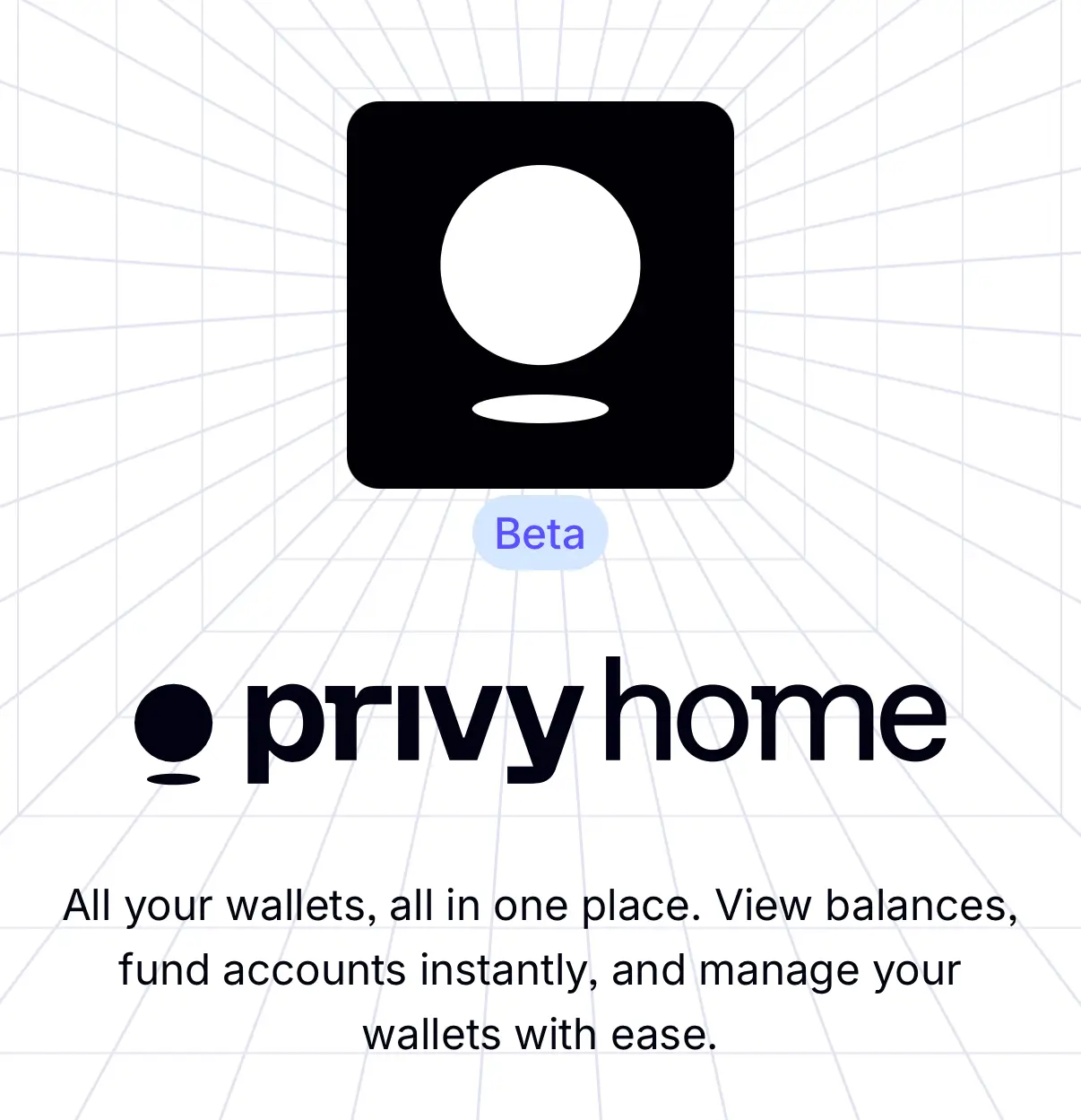
Privy allows users to track, fund, and oversee assets from multiple apps in one place, using key sharding and TEEs for security.
Privy enhances self-custody and interoperability, making wallet management seamless without exposing keys to apps.
Umbra
This year has seen Solana become the de facto home of onchain fun; lots of money has been made, and so many opportunities still exist.
However, with this comes scrutiny, eyes, and surveillance on user activities there.
This is why a product like Umbra matters.
Umbra is a privacy protocol that provides incognito mode for Solana transactions using Arcium’s confidential networks to bring private transfers to Solana, thereby giving users true financial privacy onchain.
For now, Umbra has private transfers live, and will continue to build out a more fullstack DeFi privacy hub for Solana with private swaps coming very soon, a Solana-Zcash Bridge, and an SDK that wallets and other programs can use to implement privacy natively.
If you’re a wallet watcher, you might hate this, but if you truly play the game yourself, then Umbra might be something worth being excited over.
Zashi App
Okay, you’ve been redpilled to buy $ZEC as privacy becomes a serious conversation. What next?
Well, for one, you might as well go all the way to download and use the Zashi app - a mobile wallet exclusively for Zcash, developed by Electric Coin Co. (ECC), the team behind Zcash's 2016 launch, focusing on shielded, privacy-protecting transactions.
Zashi is a self-custody app, meaning that it enables users to send, receive, and spend $ZEC without intermediaries, governments, or corporations tracking activities.
Zashi is shielded by default, leveraging Zcash's zero-knowledge encryption for end-to-end privacy in peer-to-peer payments, thereby making it the easiest entry point for Zcash users.
To be honest, I’ve downloaded the thing myself and it’s pretty sleek. So, maybe give it a try?
While our list can go on and on, as there are indeed so many consumer products building on private rails, we will stop here for the sake of the low-attention span readers that are quite dear to us. Now, our thoughts on all of this.
Concluding thoughts
The walls are starting to close in on traditional systems, as the race to move onchain is already well underway.
Adoption might feel slow, but in reality, going from zero to one is always the hardest part; the leap from one to ten comes much faster.
What I’m really saying is - as progress continues and even your grandma comes onchain, privacy, both hers and yours, starts to matter a lot more.
We believe privacy isn’t just a nice-to-have feature.
It’s essential, and it should never be treated as an afterthought; this should define how you view it in the short and long term.
The infrastructure is already being built, and some of it is live today, with apps on top serving as proof.
To stay aligned, it’s worth keeping an eye on integrations and figuring out which ones feel like an AWS-level fix for your needs, or at the very least, make you a true John Doe onchain.
If history is any guide, freedom has a way of winning out. And in this space, a bet on privacy is really a bet on freedom.







.webp)



.webp)
.webp)
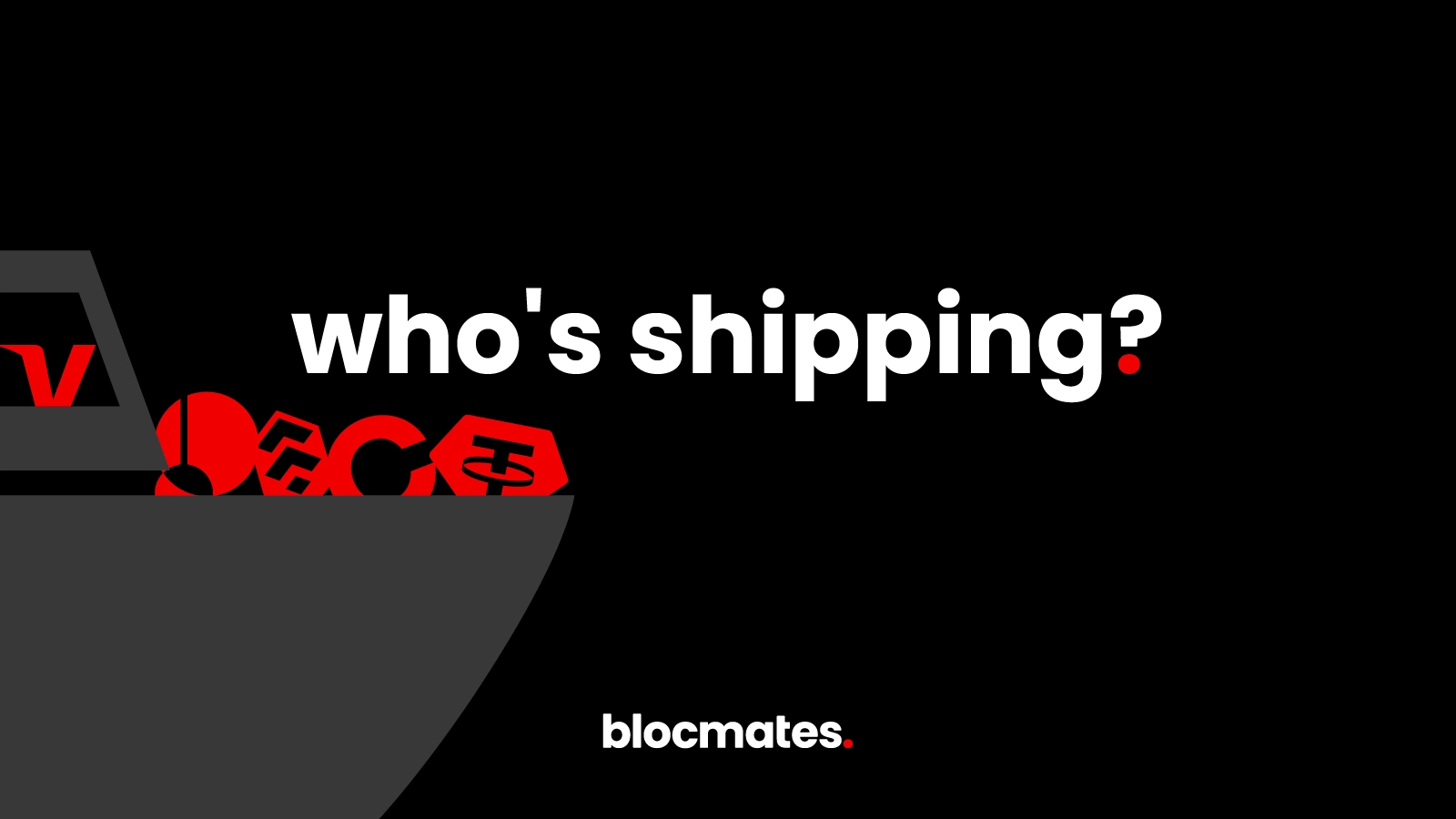
%20(1).webp)
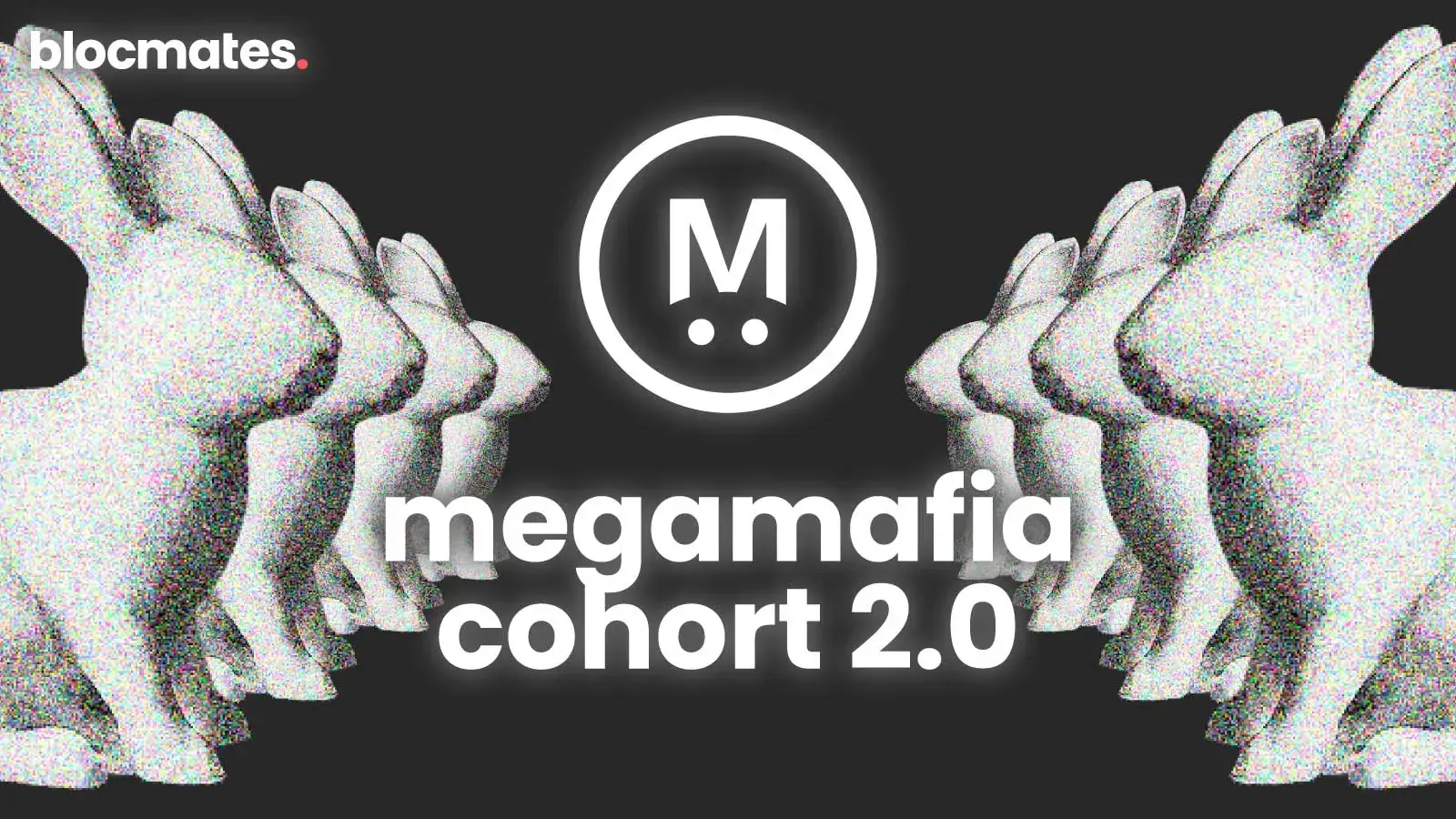
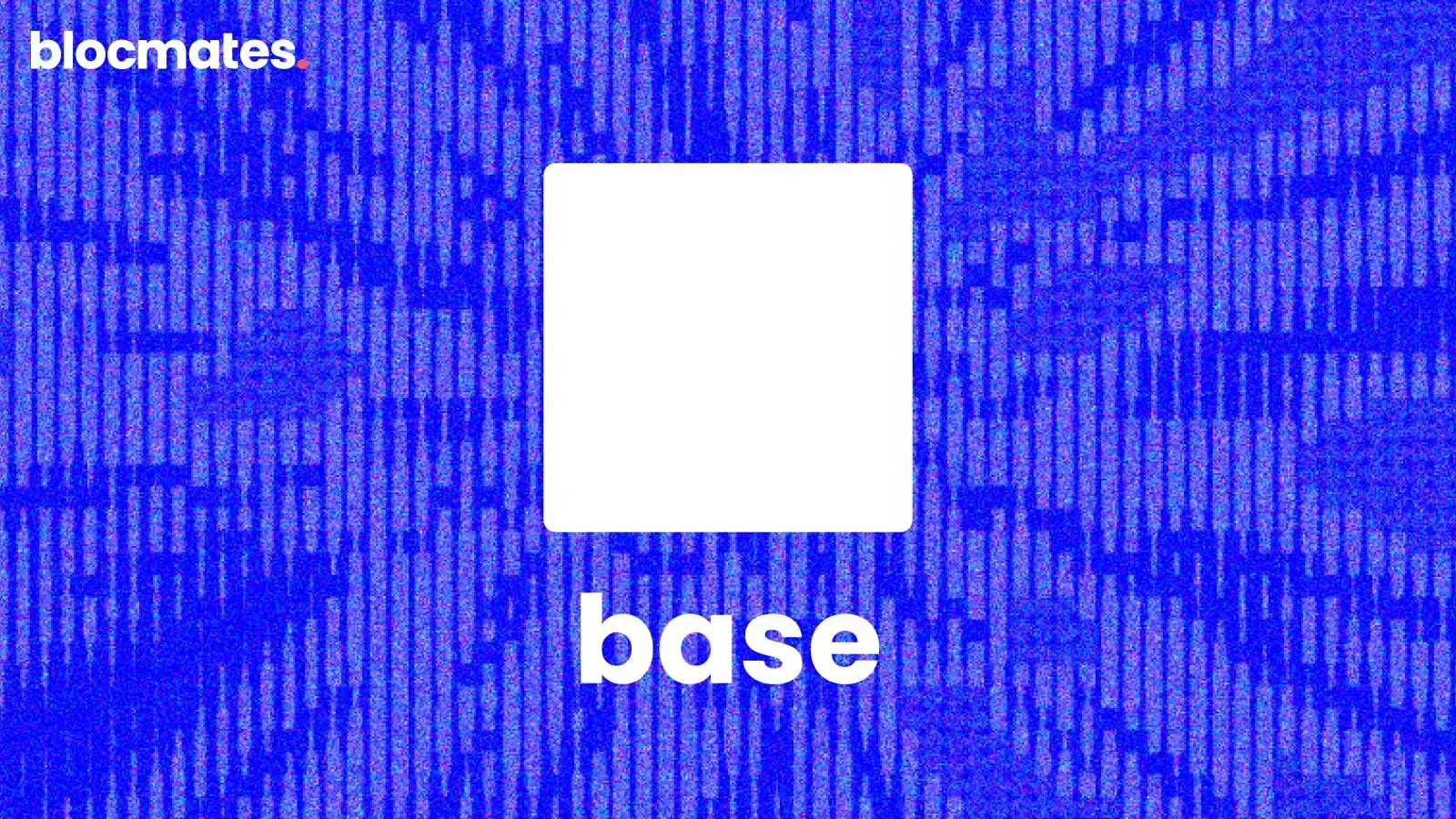
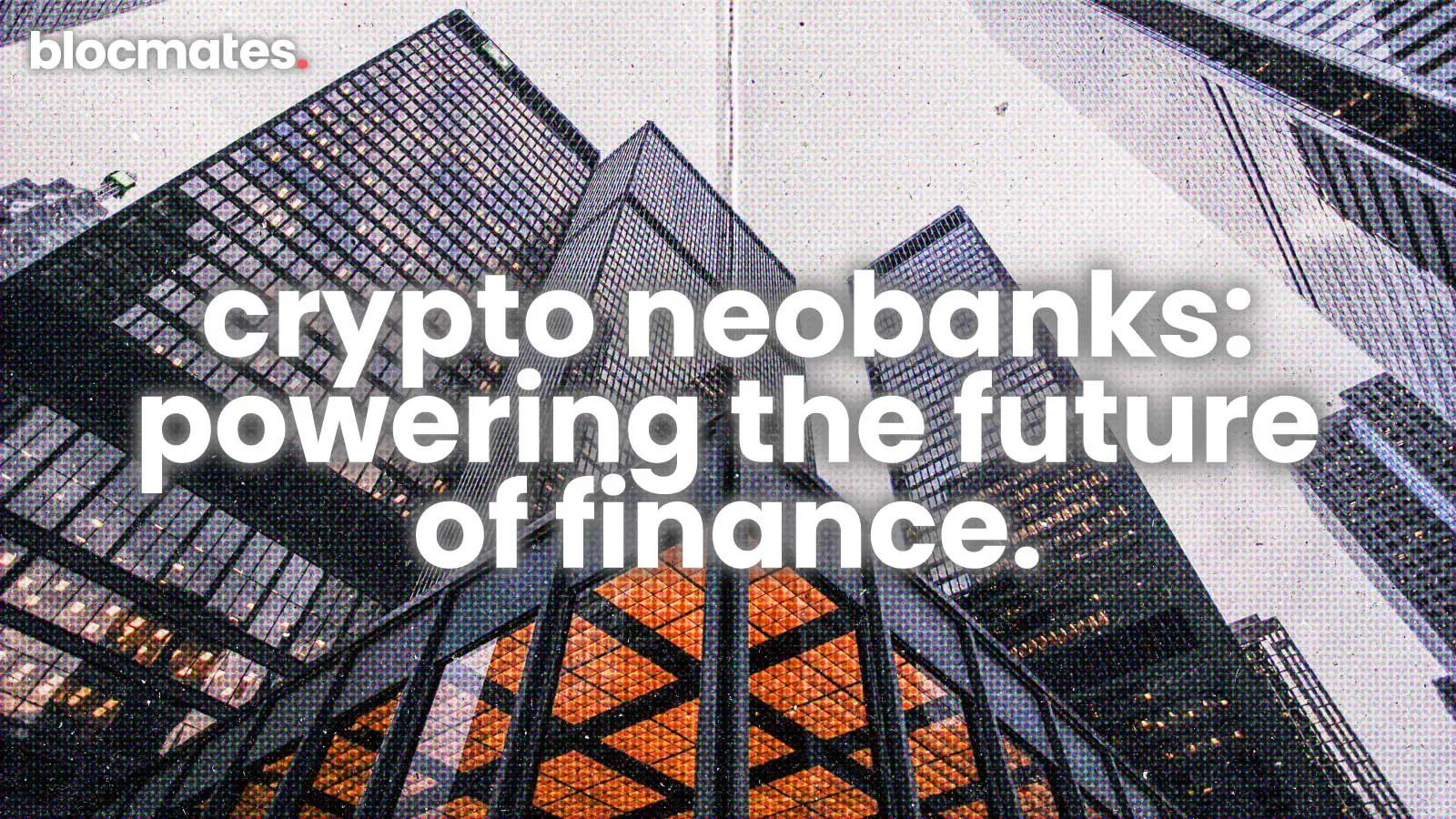

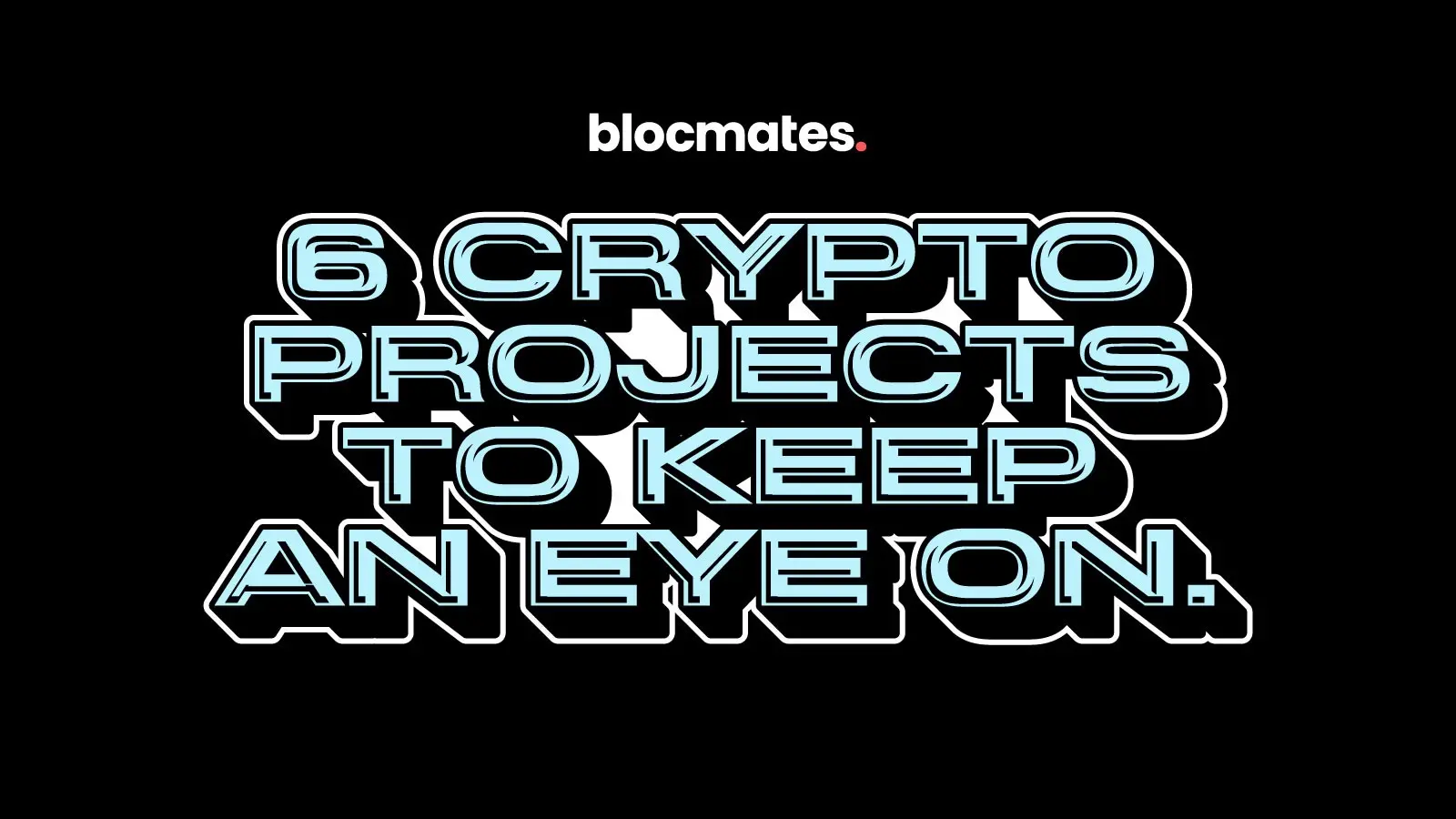
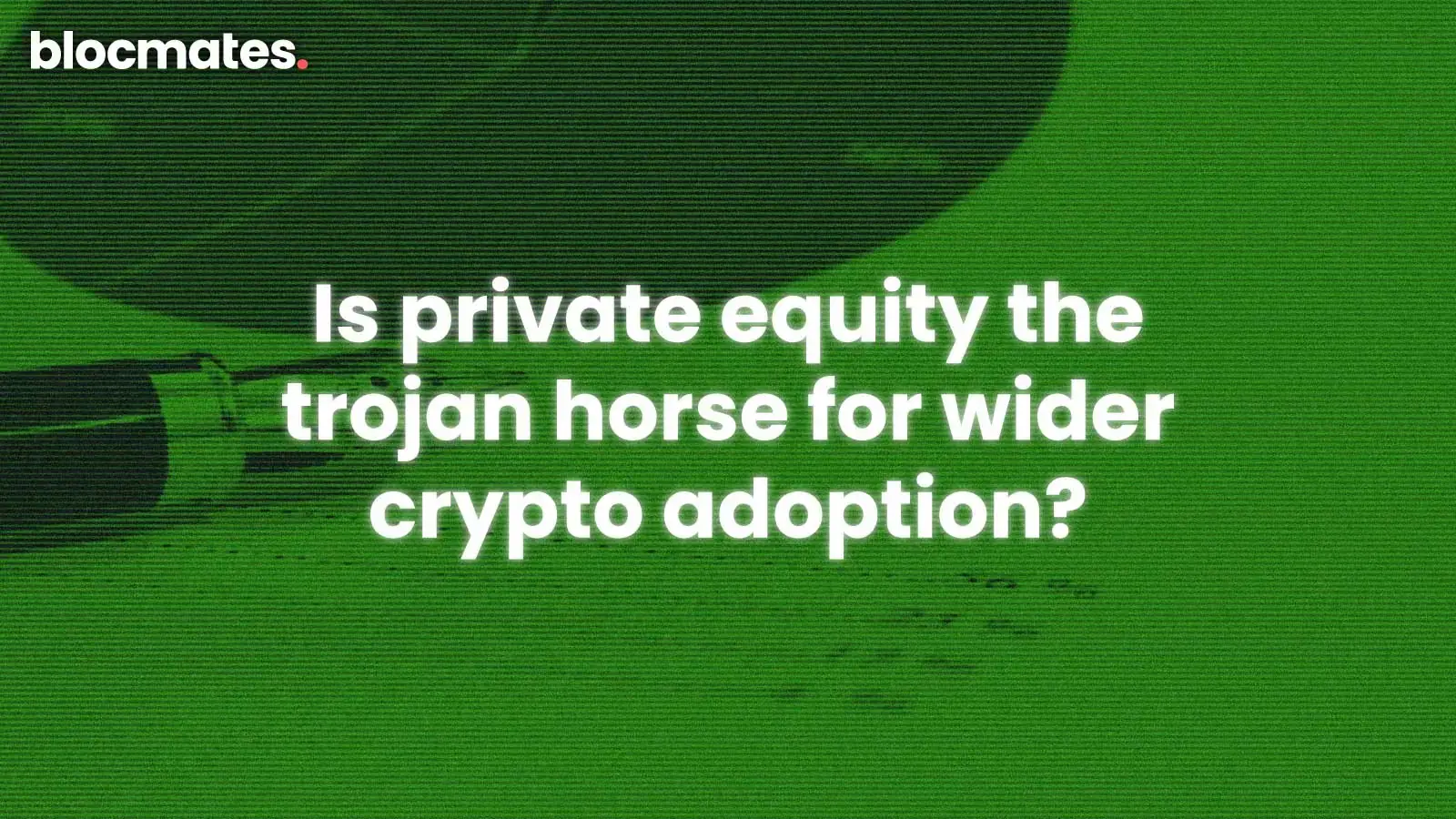
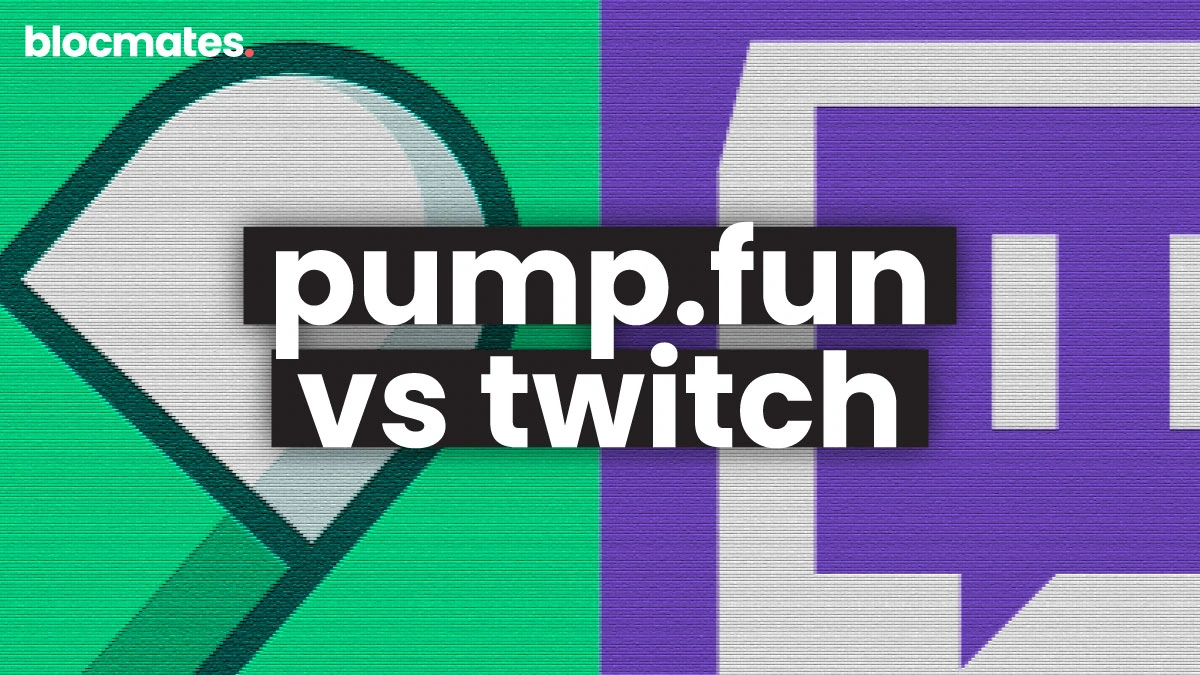

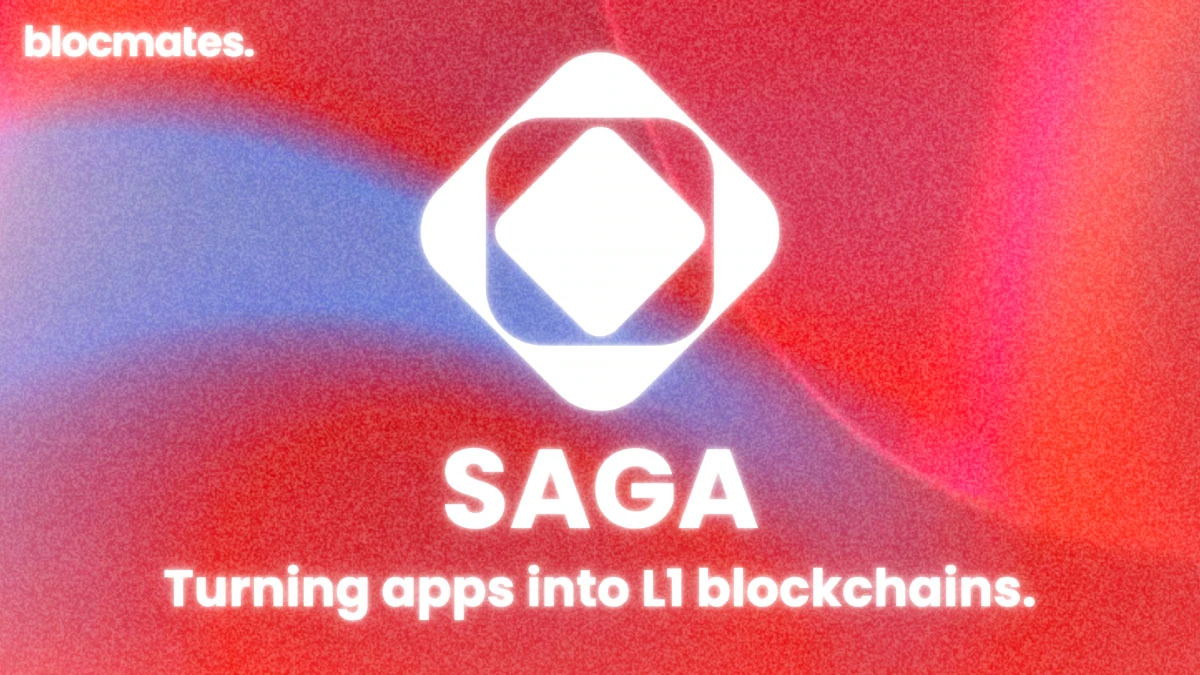
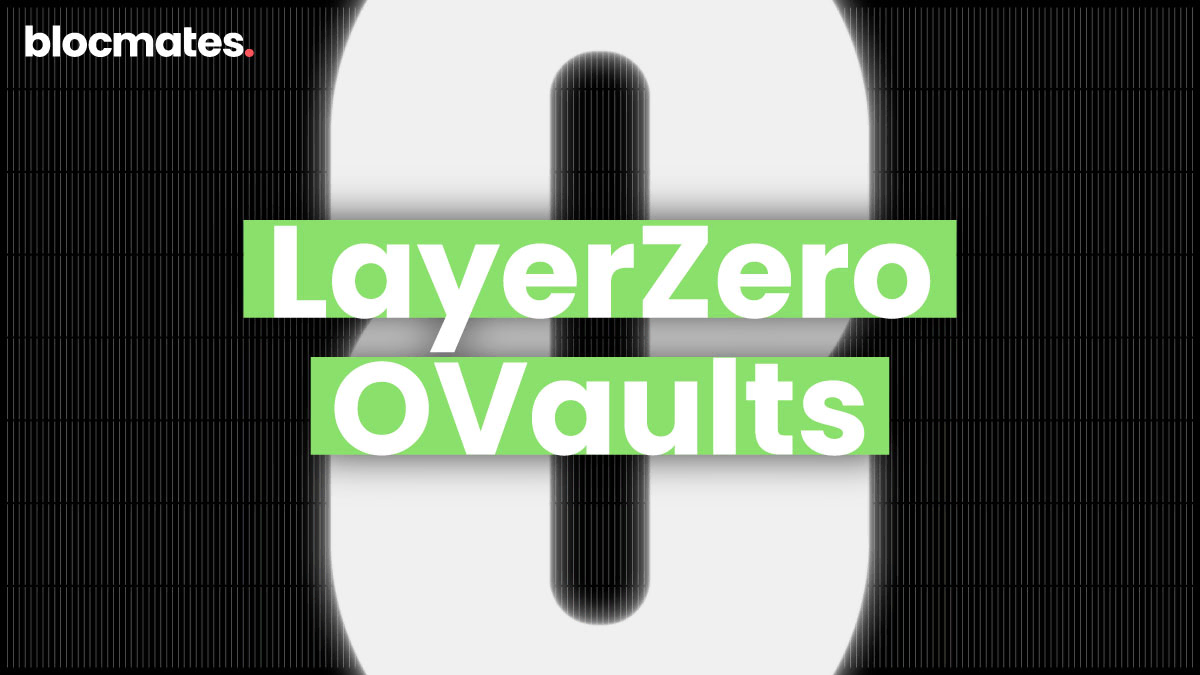
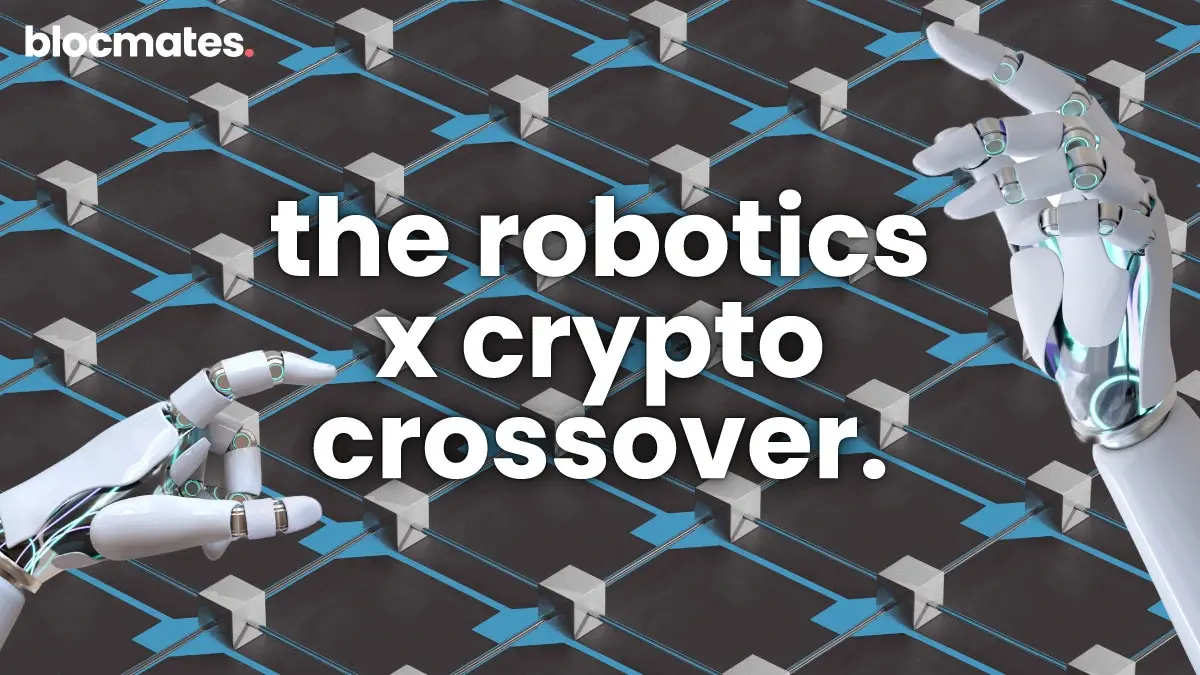
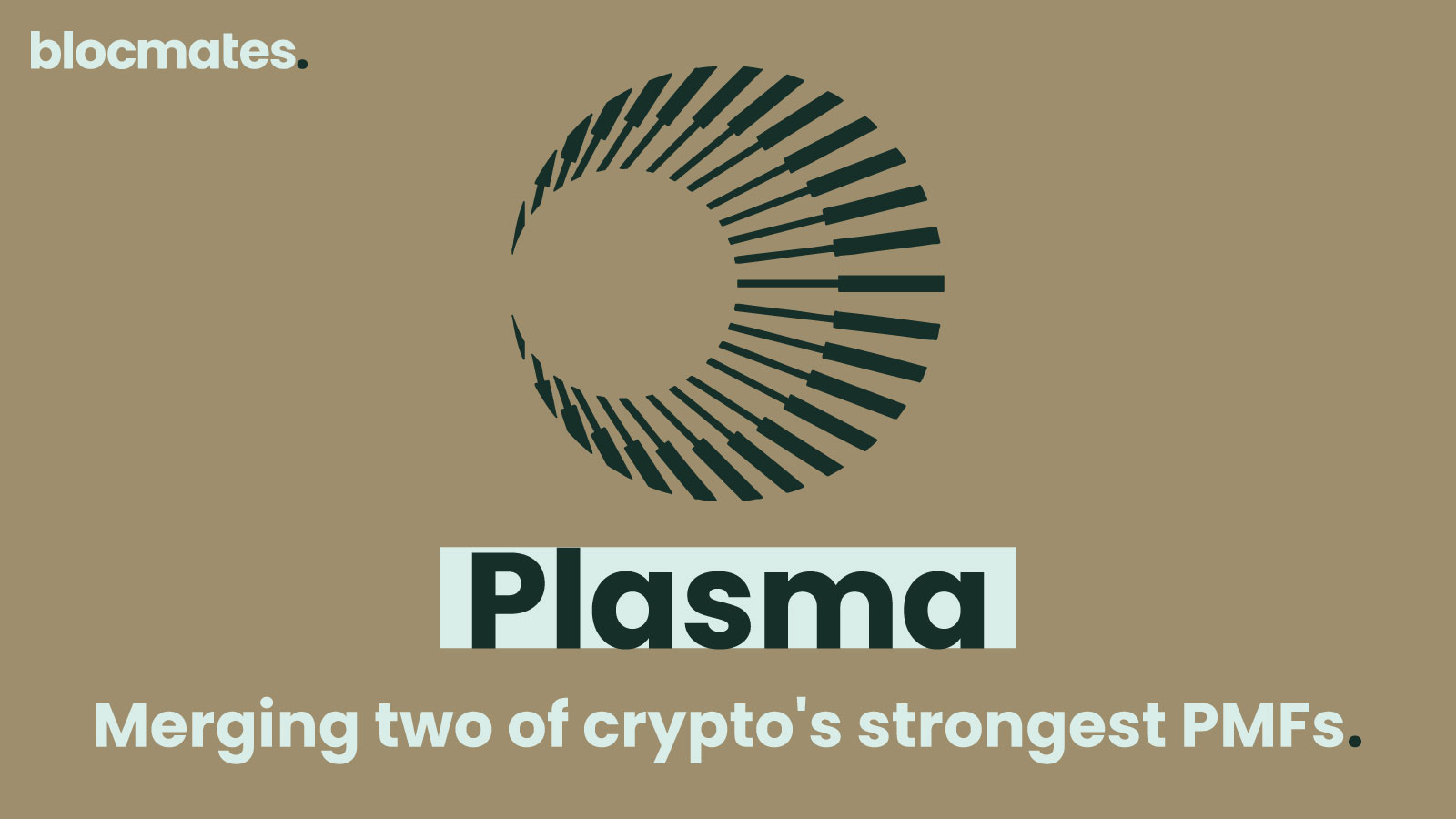
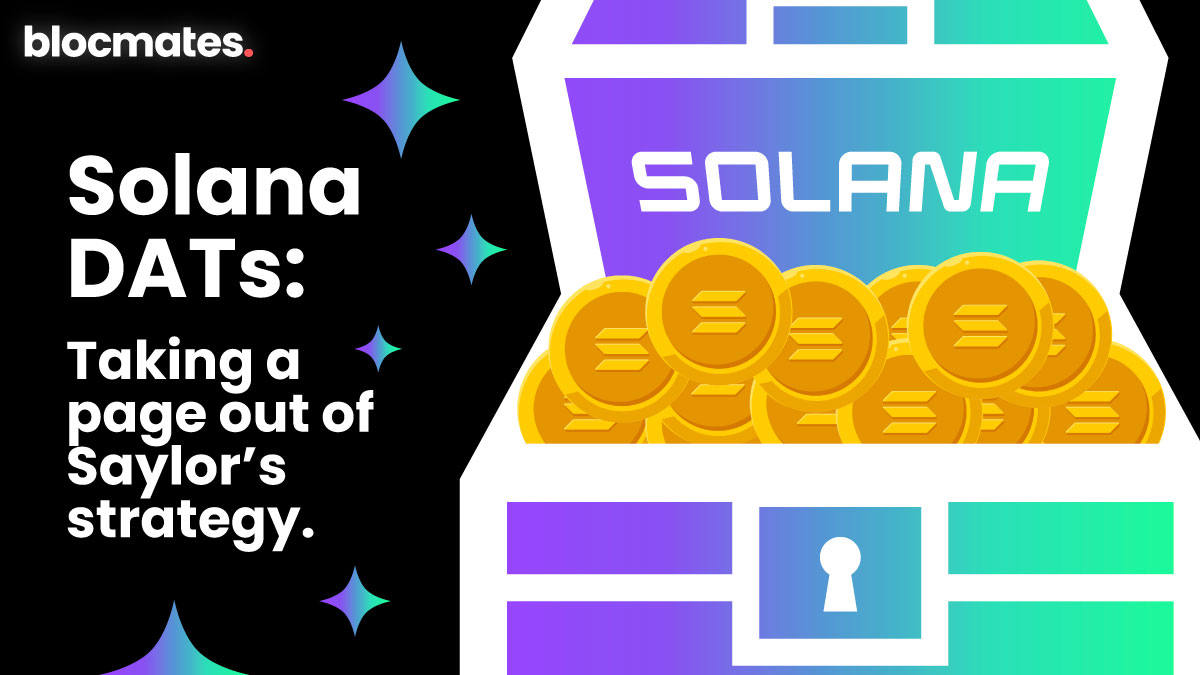
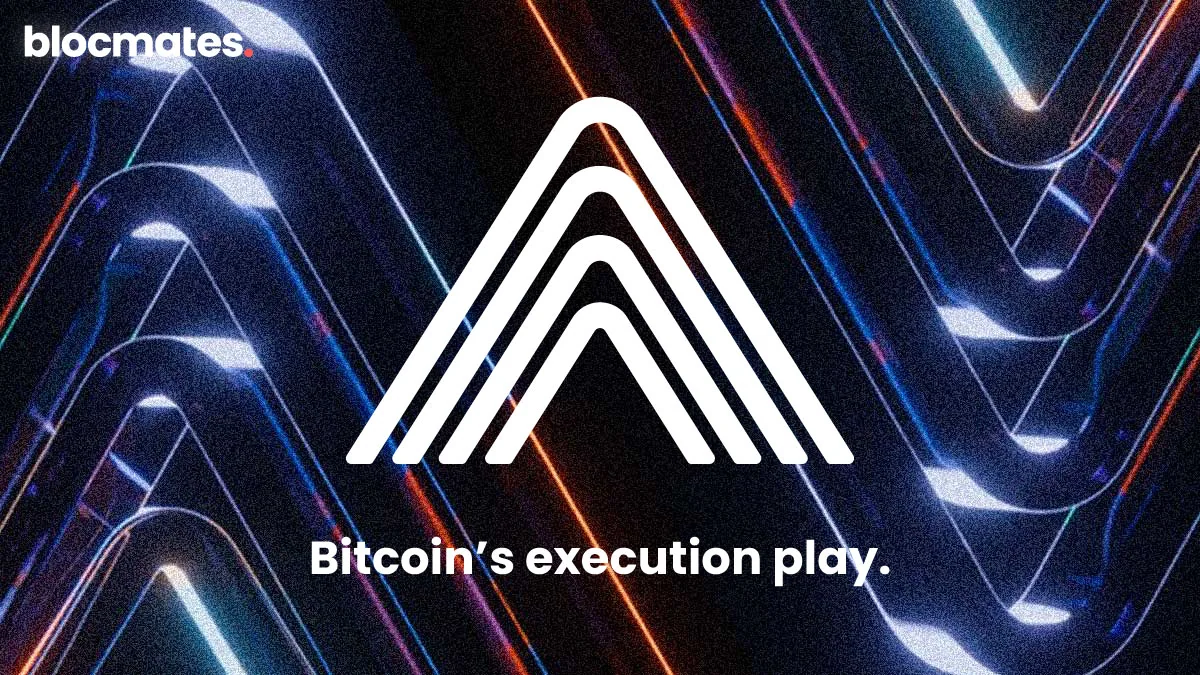

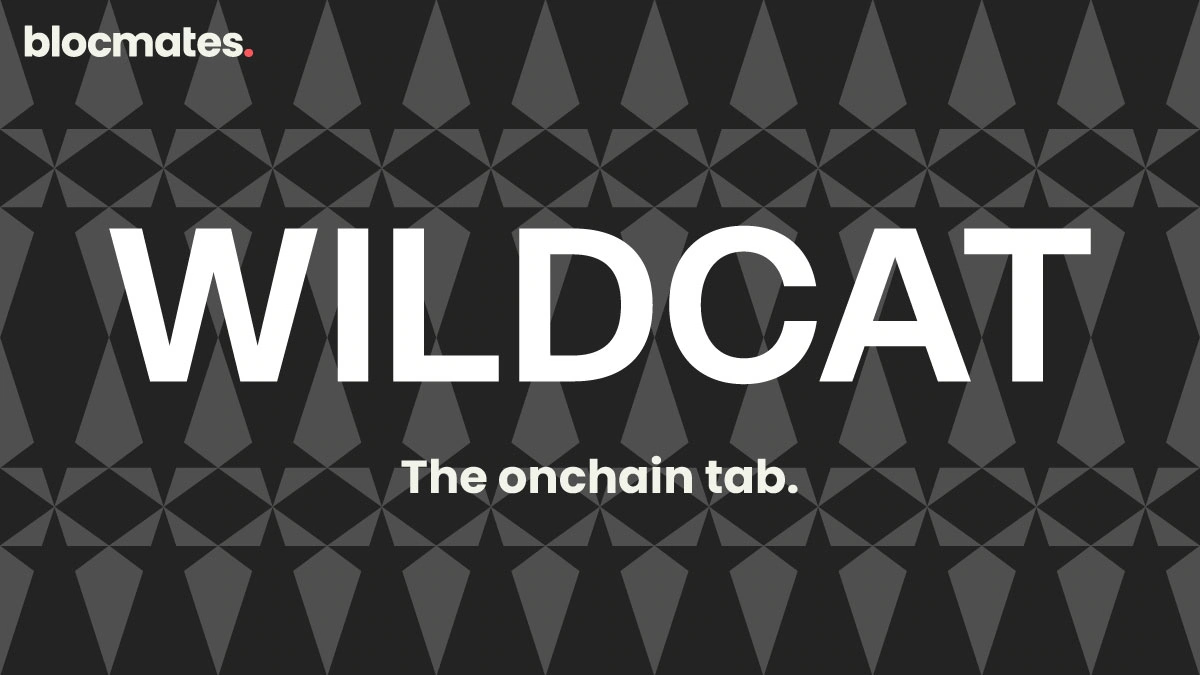
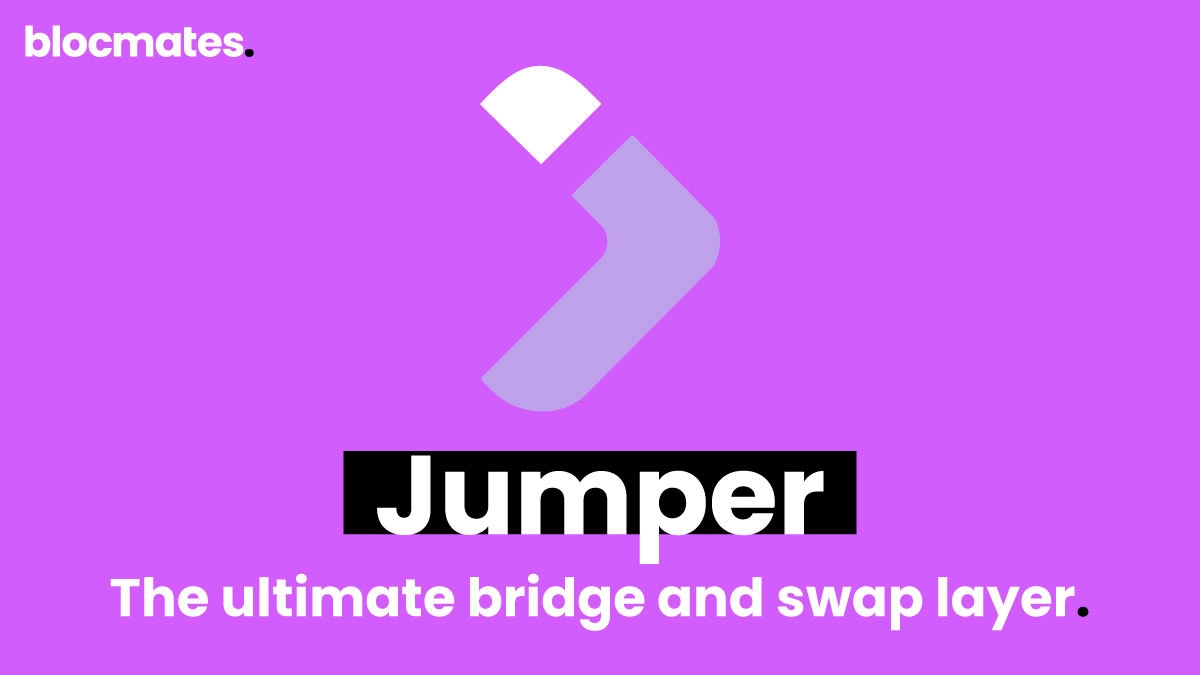
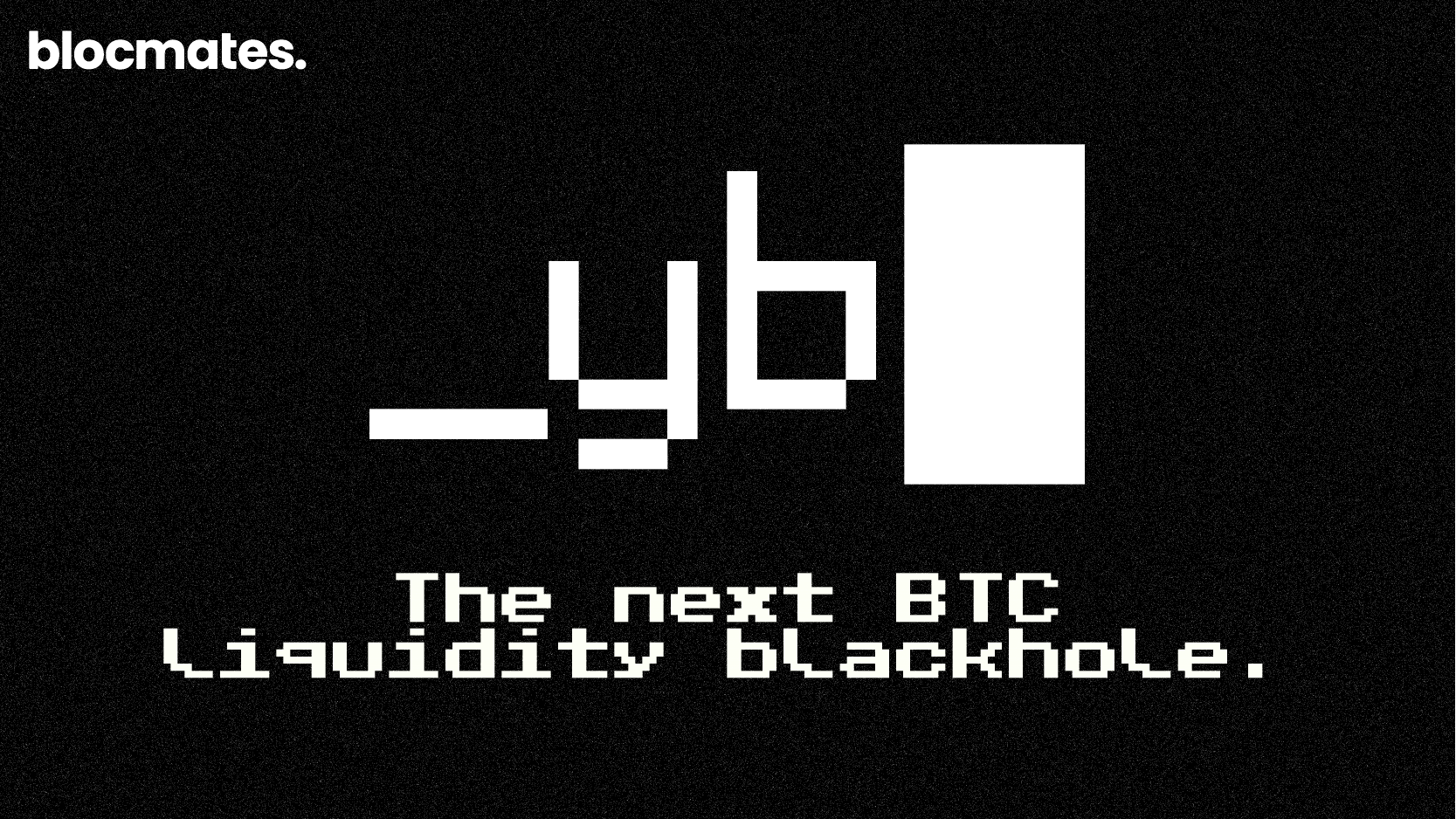
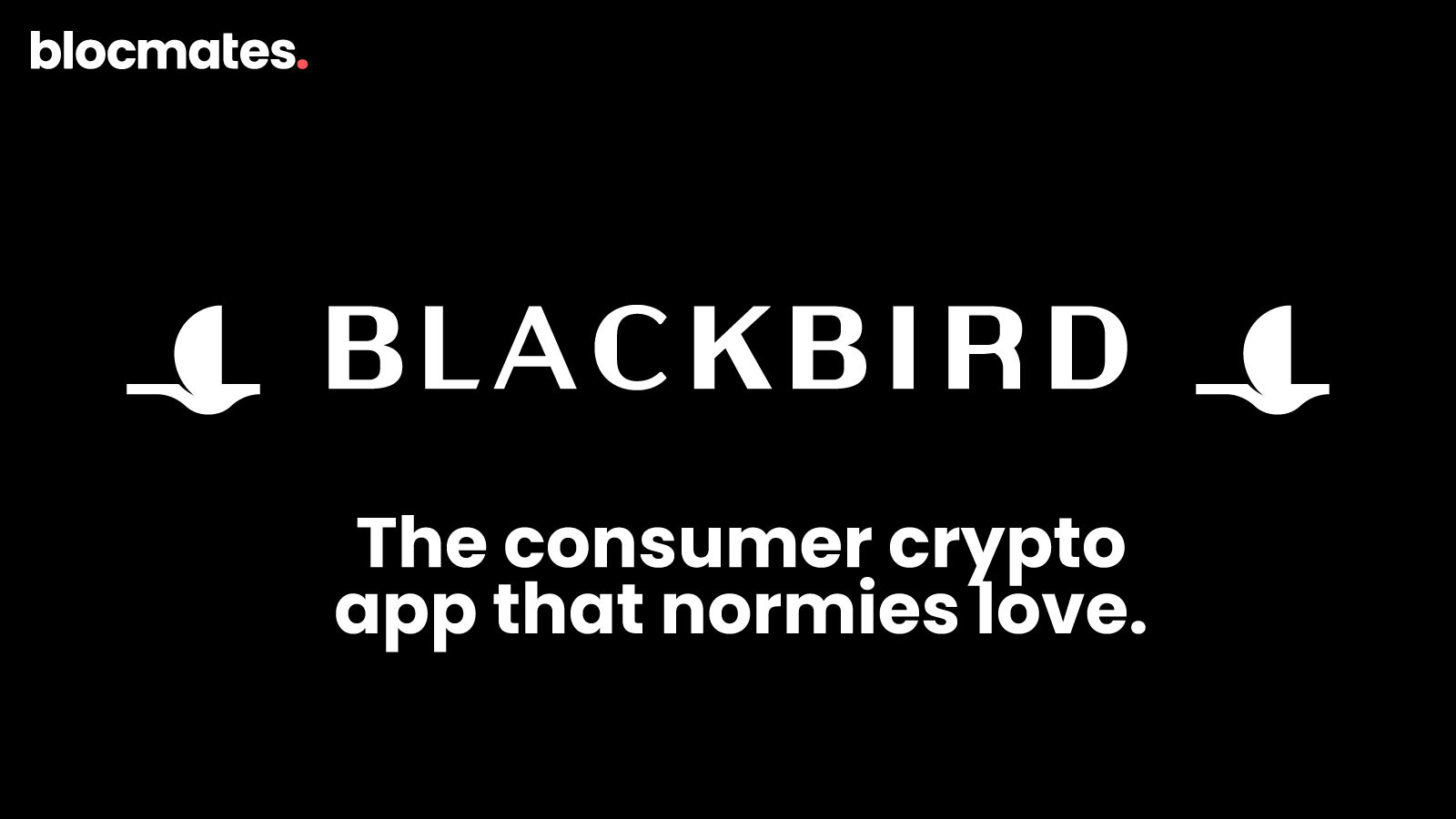
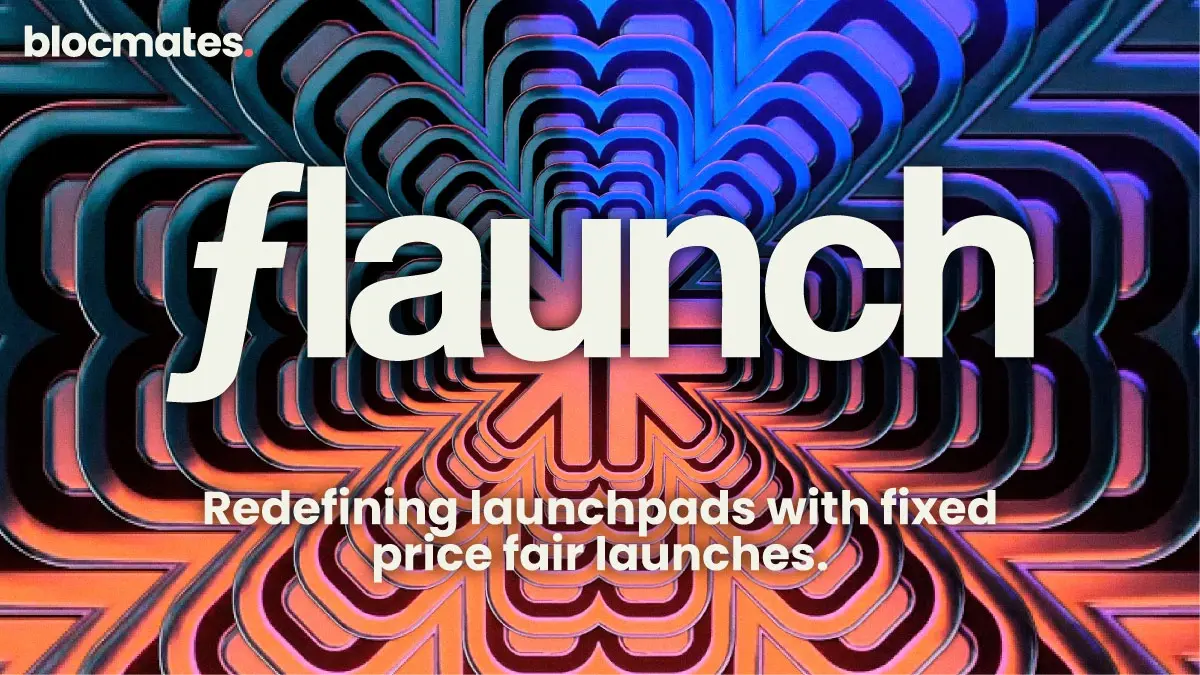

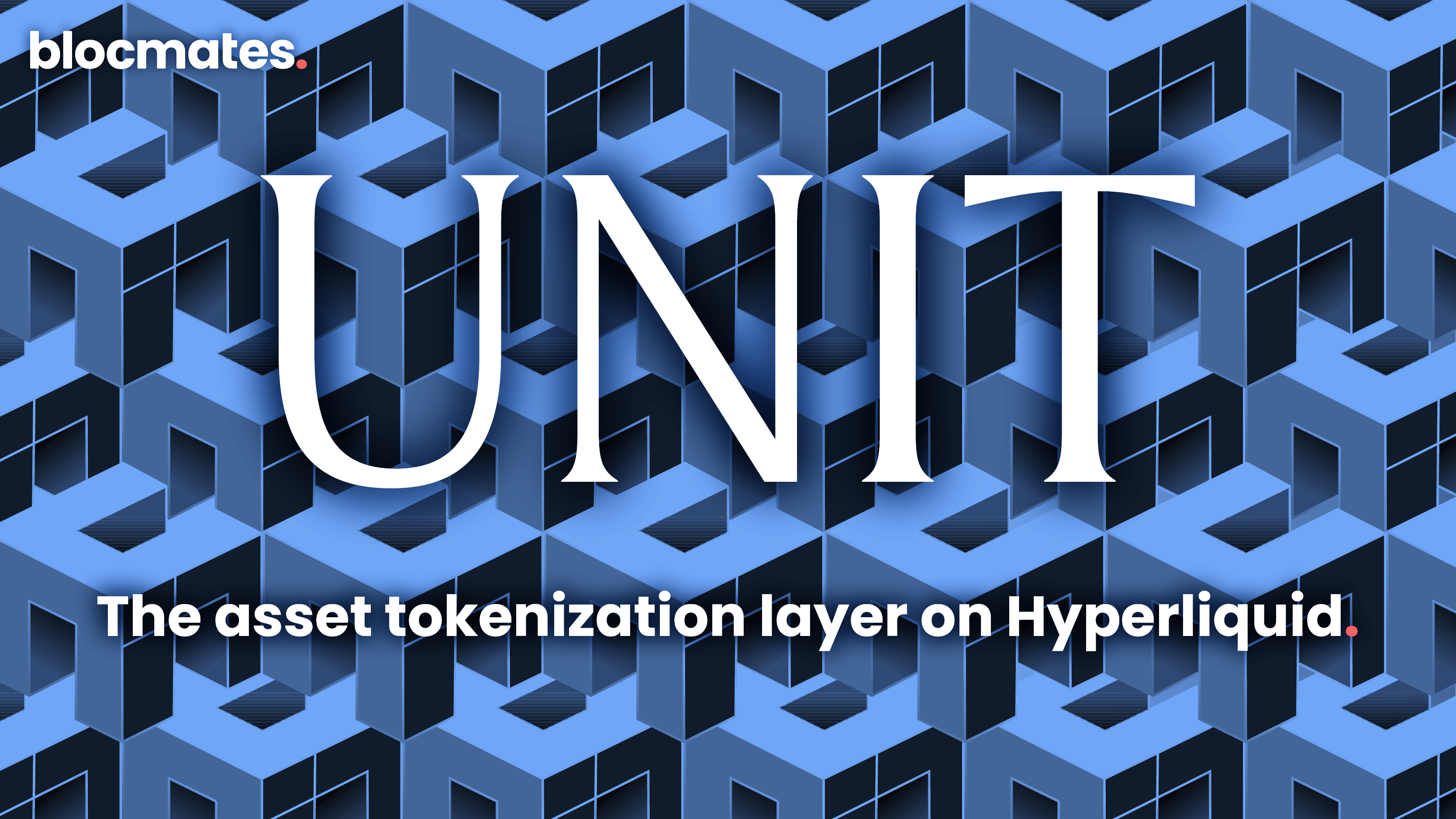
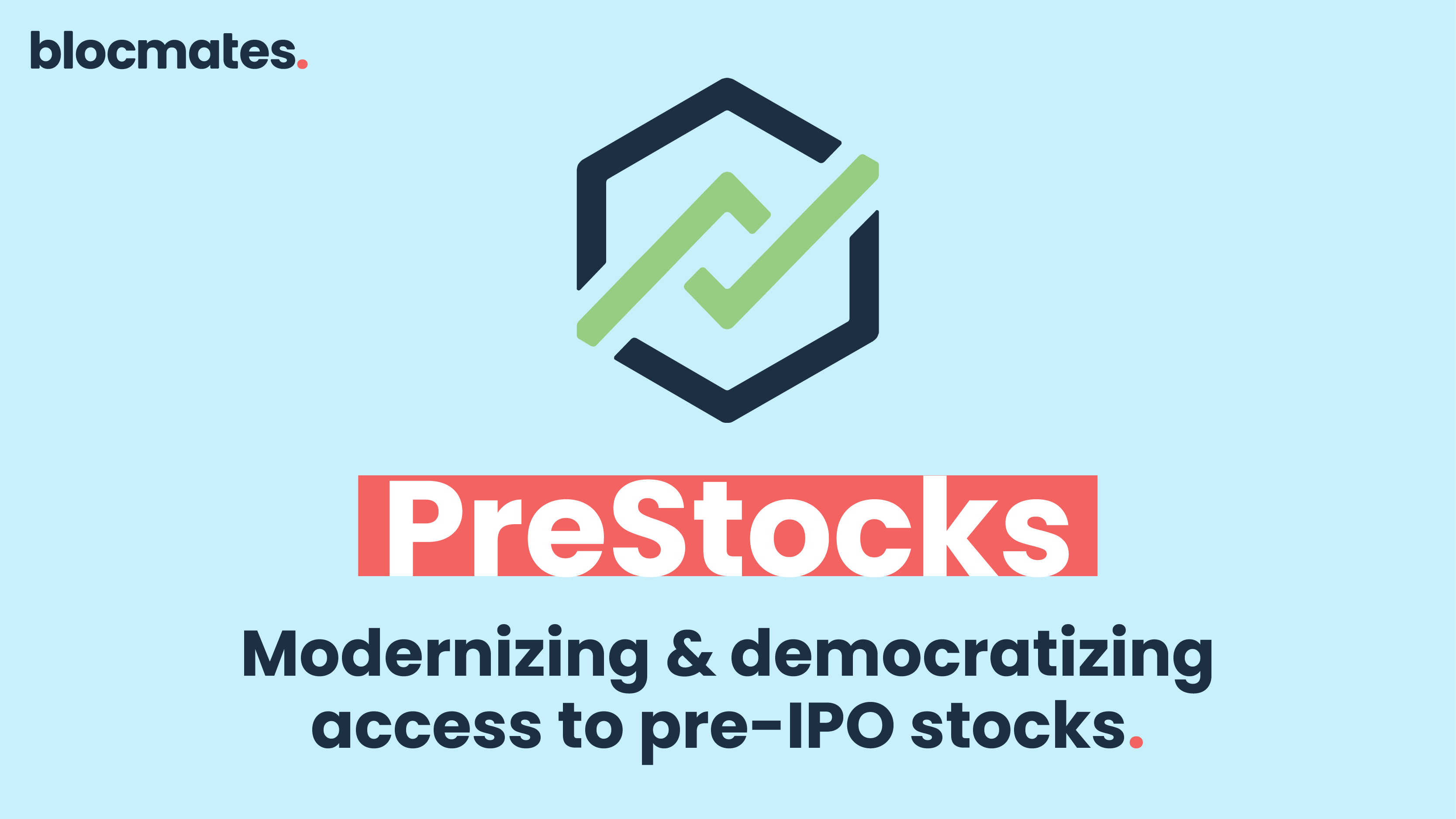

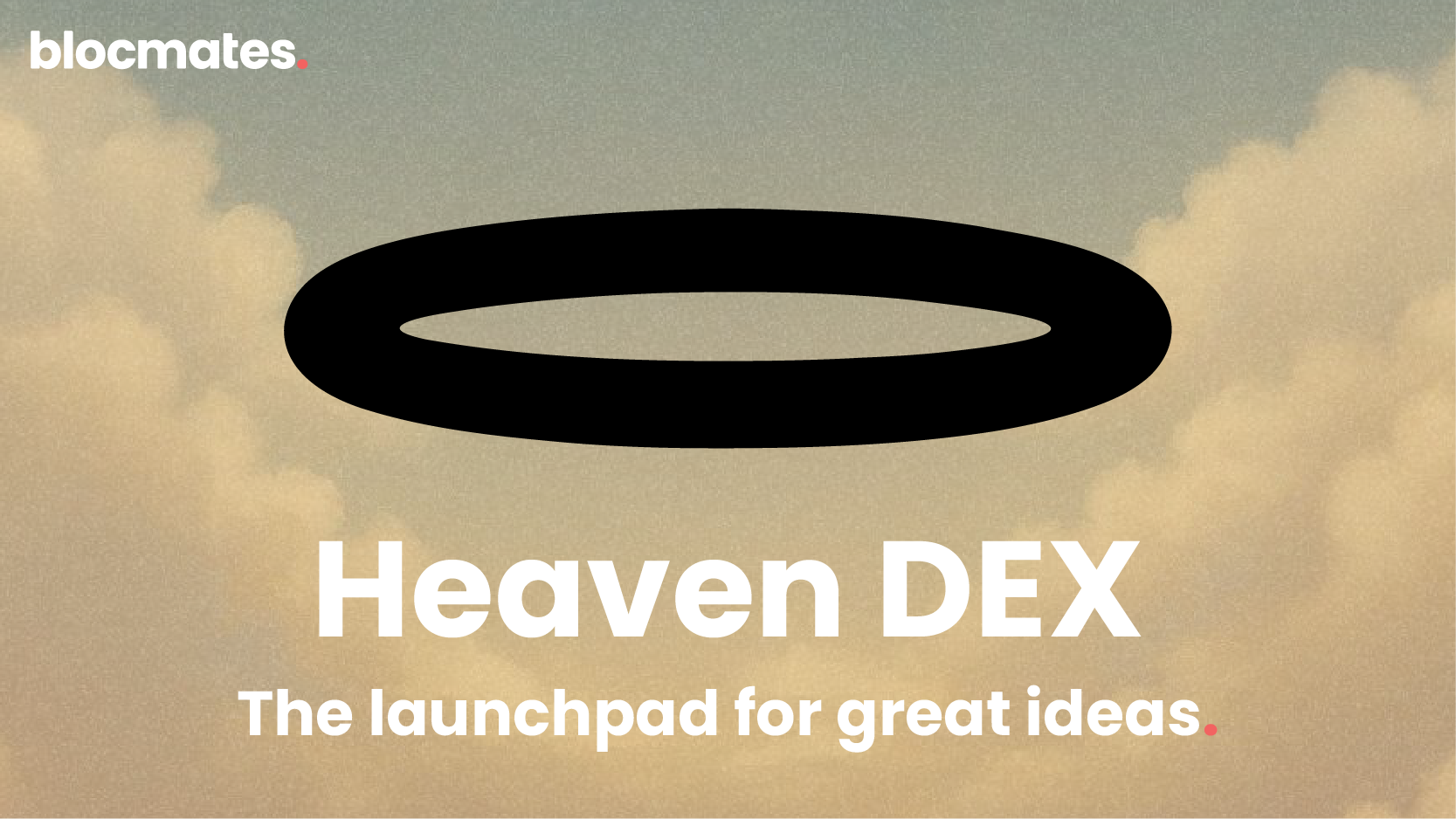
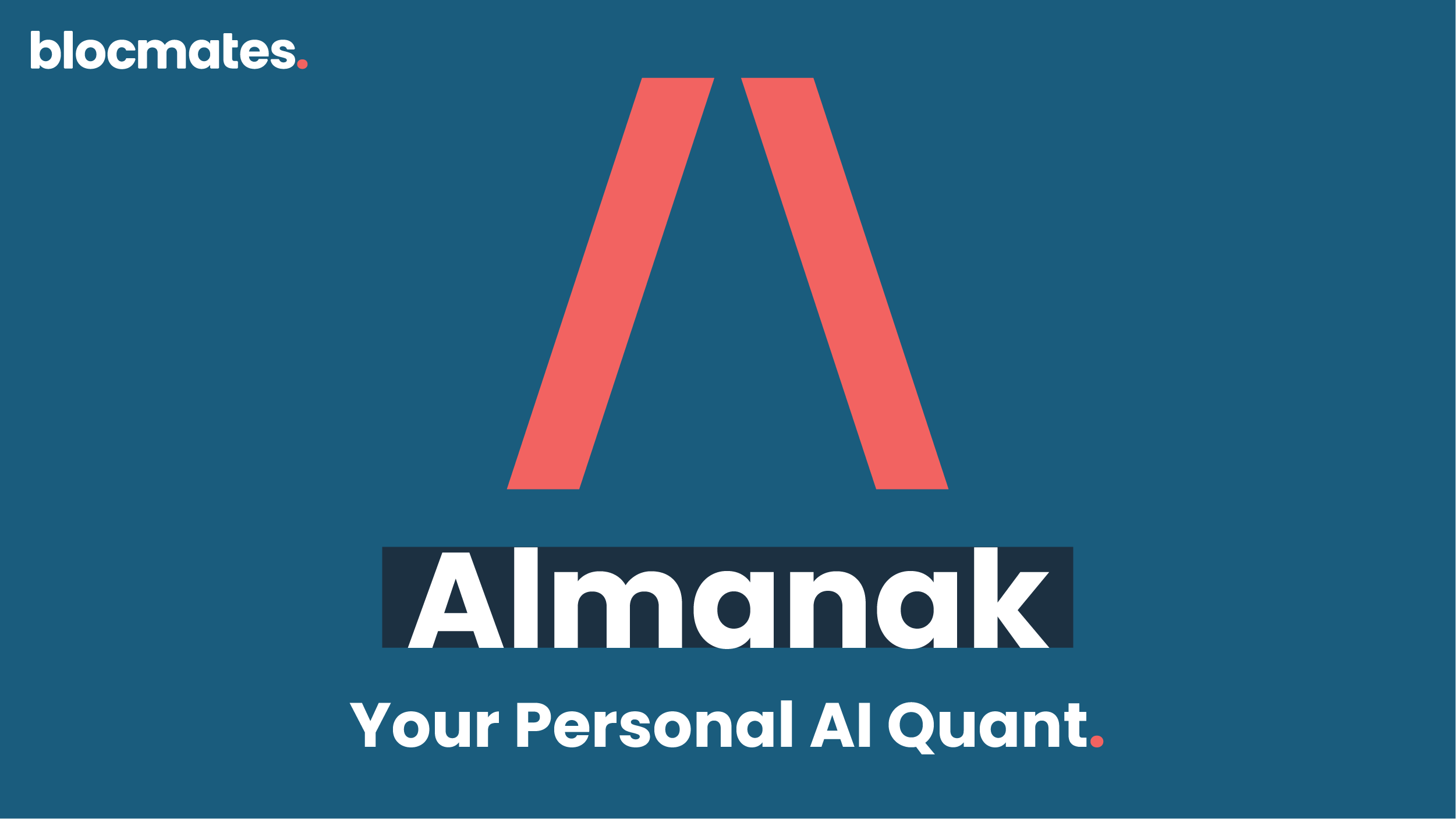
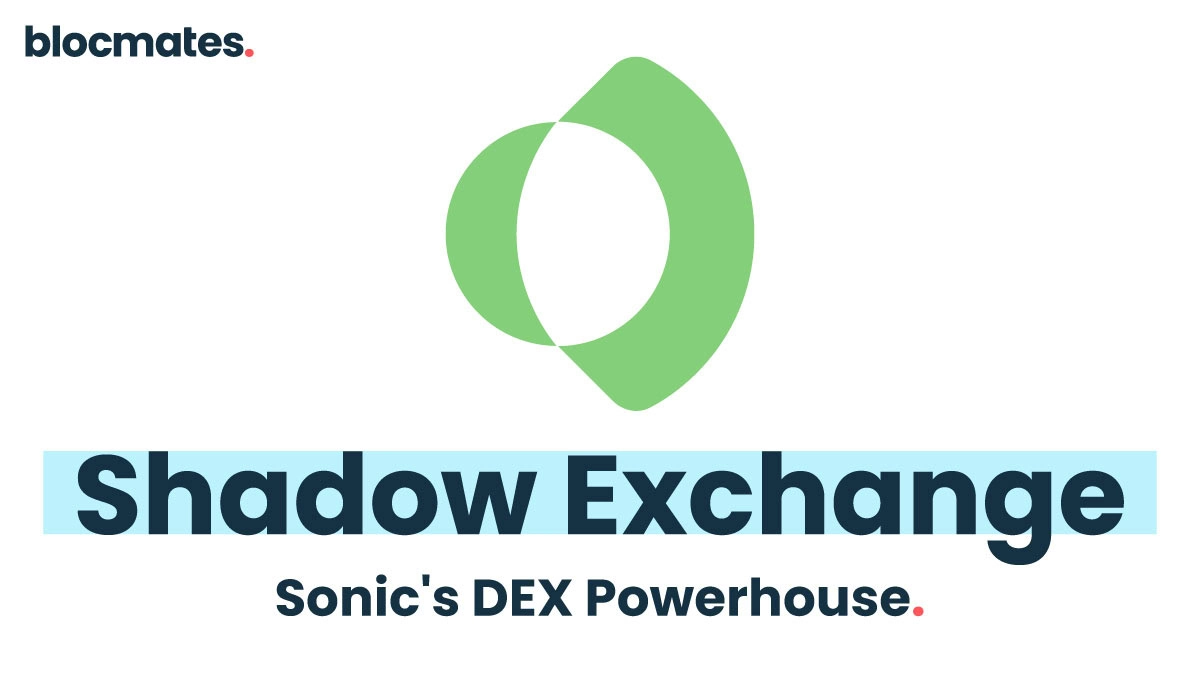
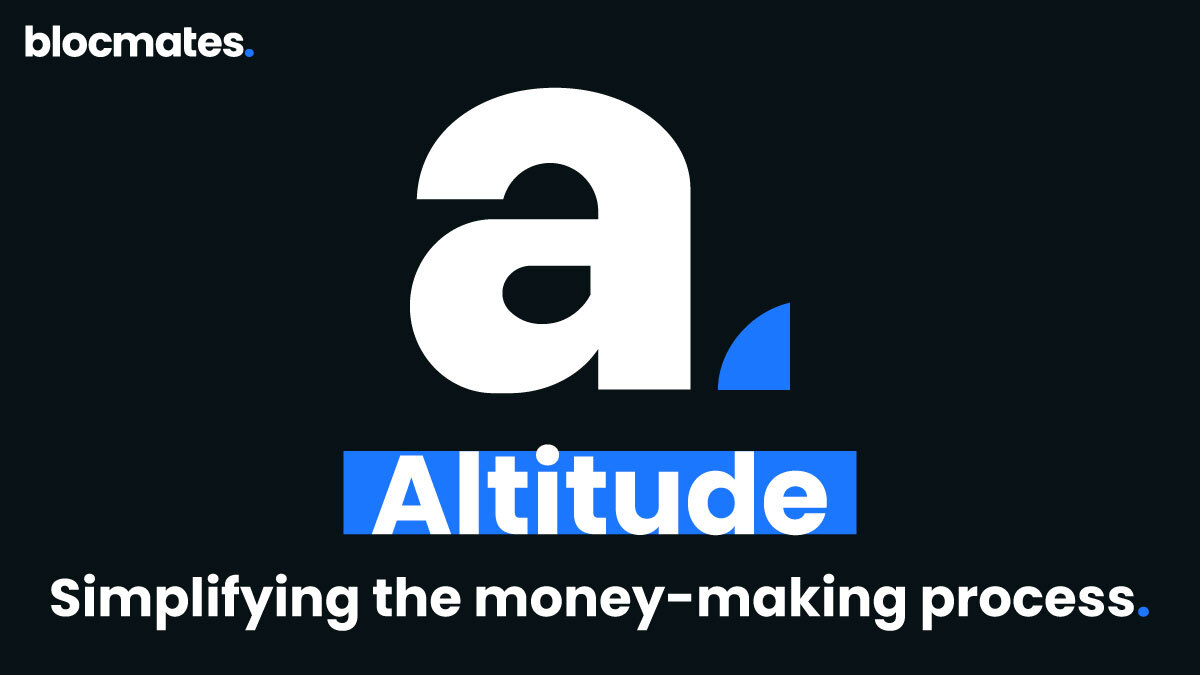
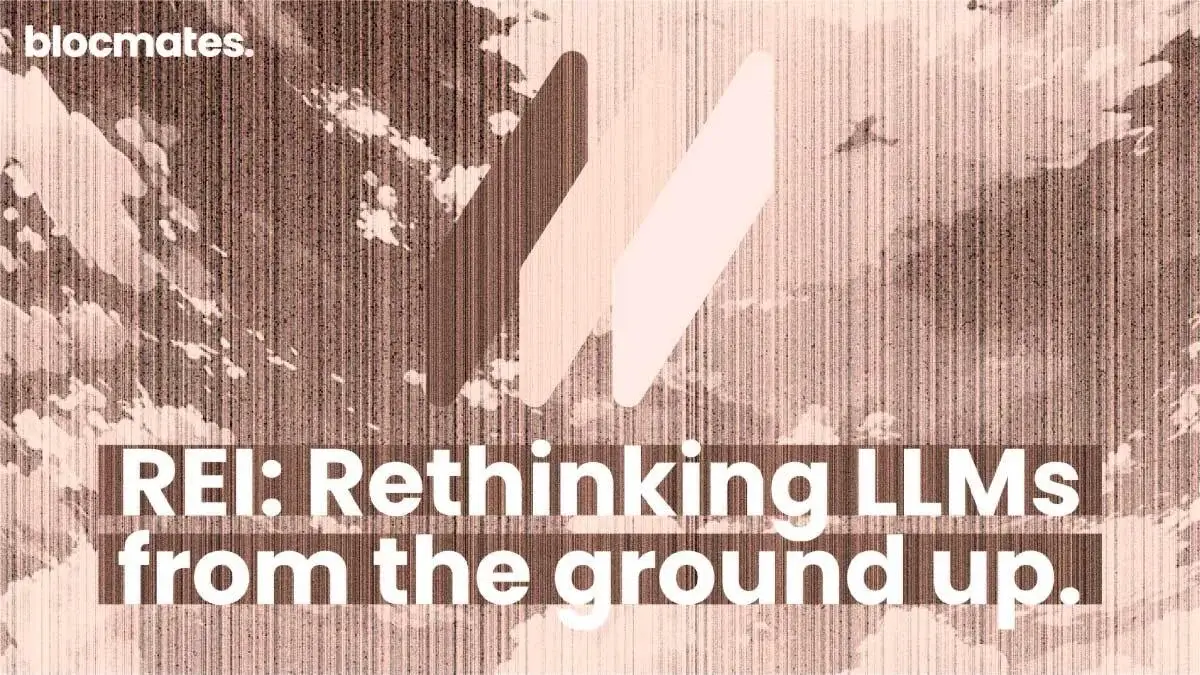
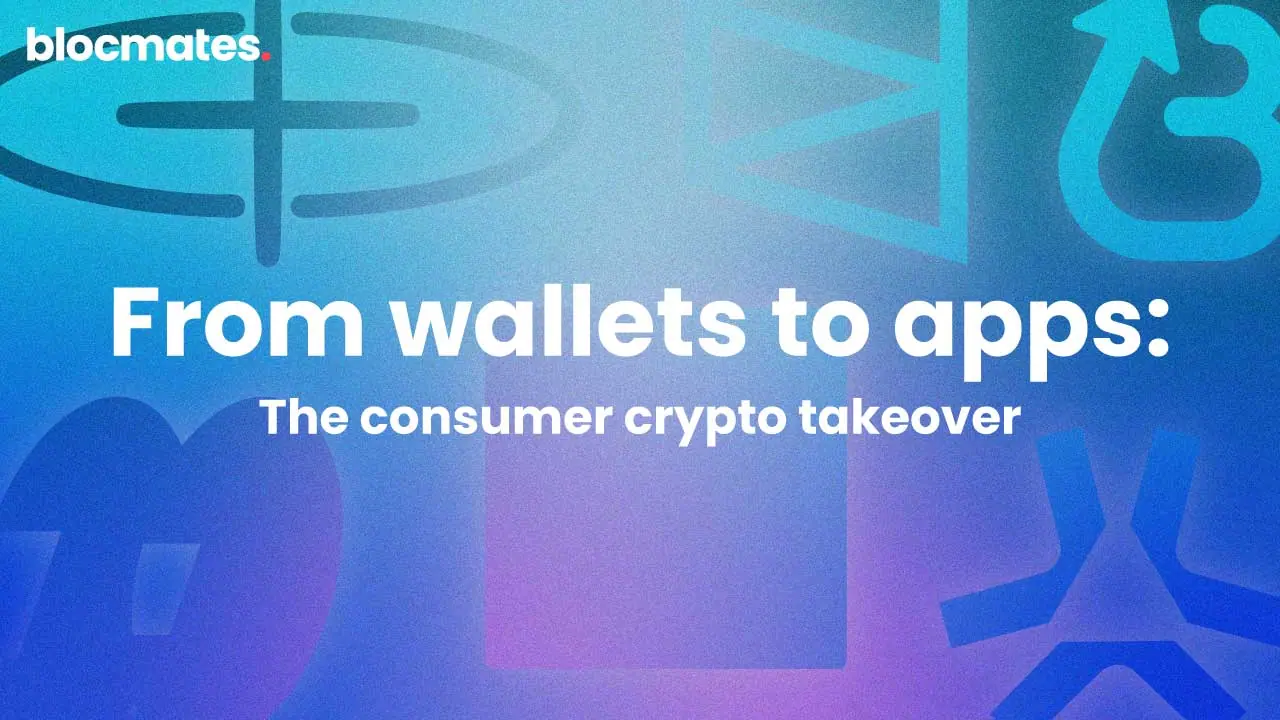
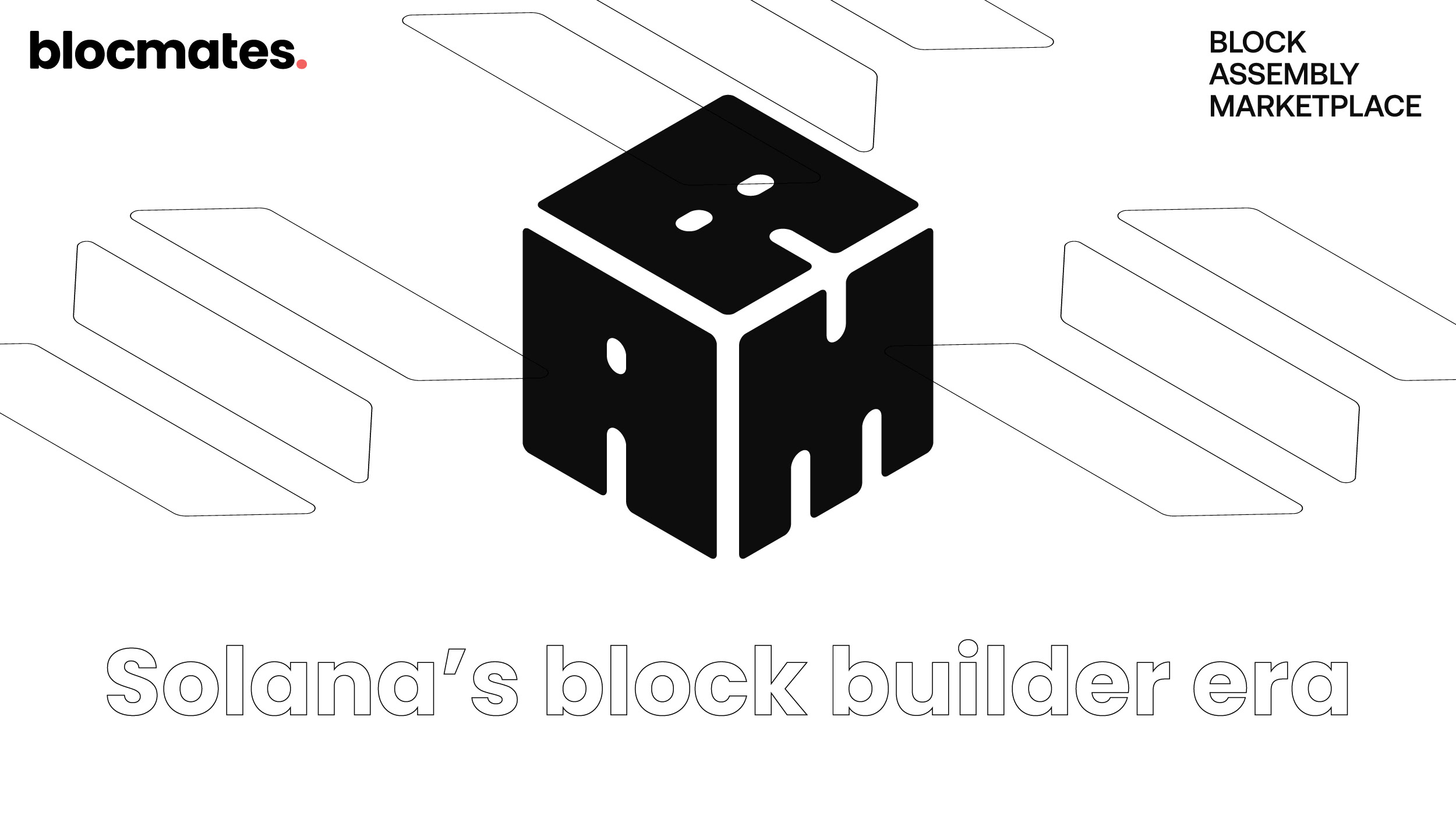

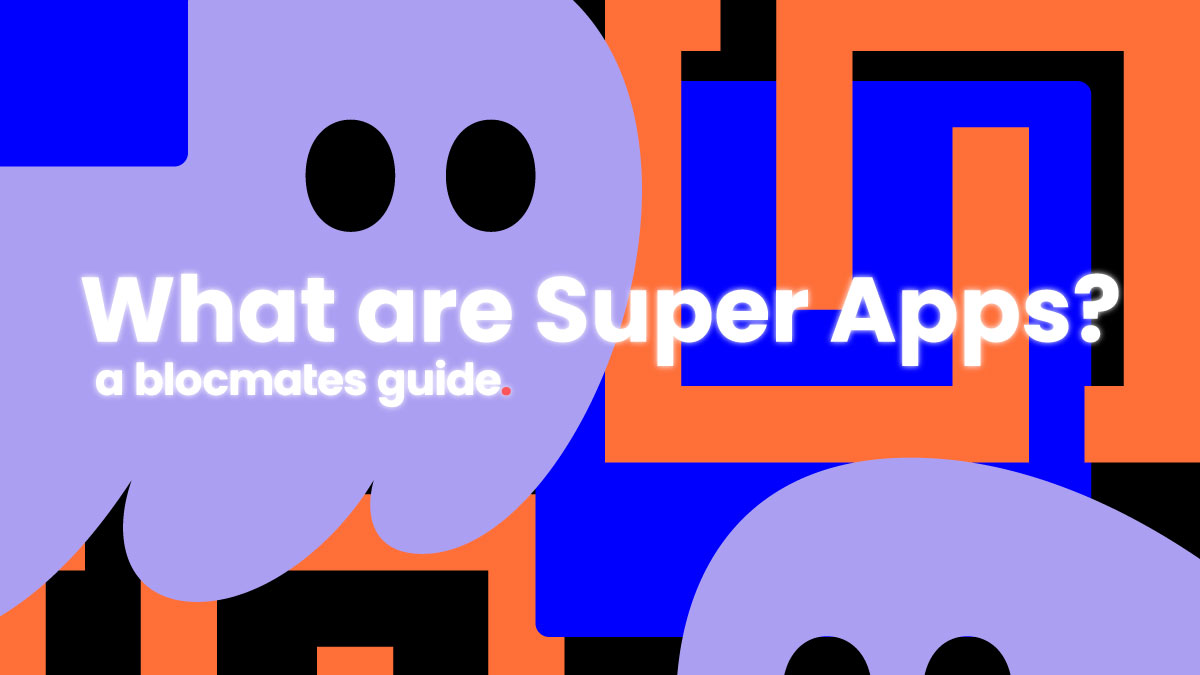
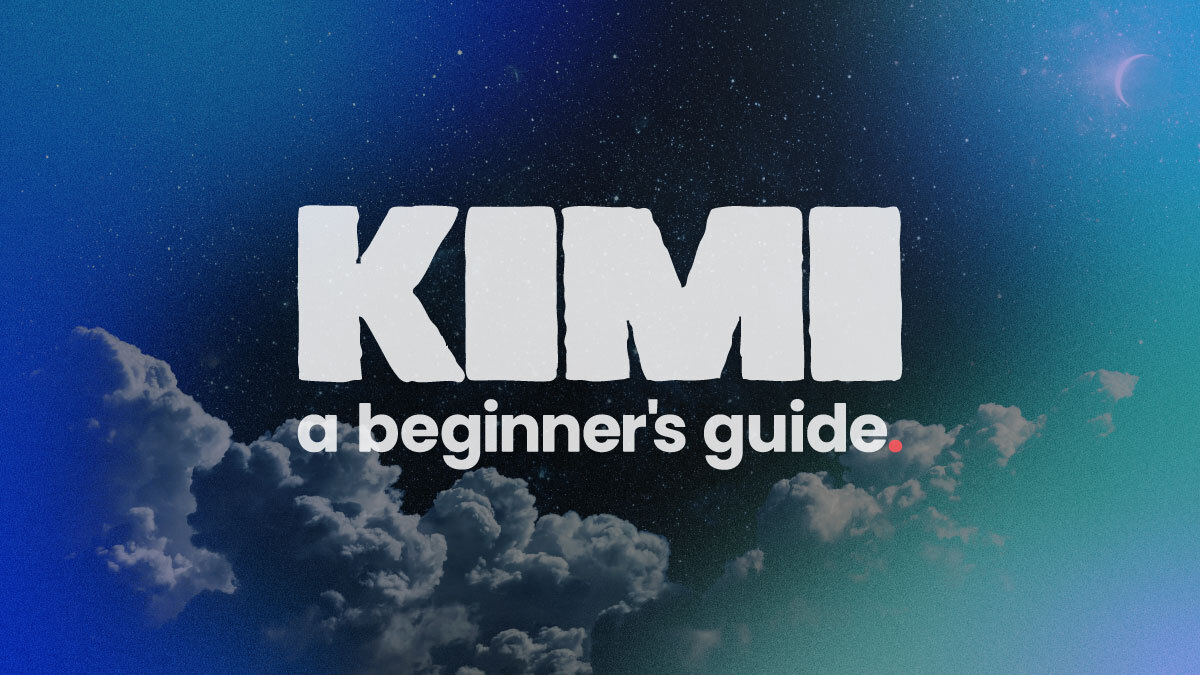
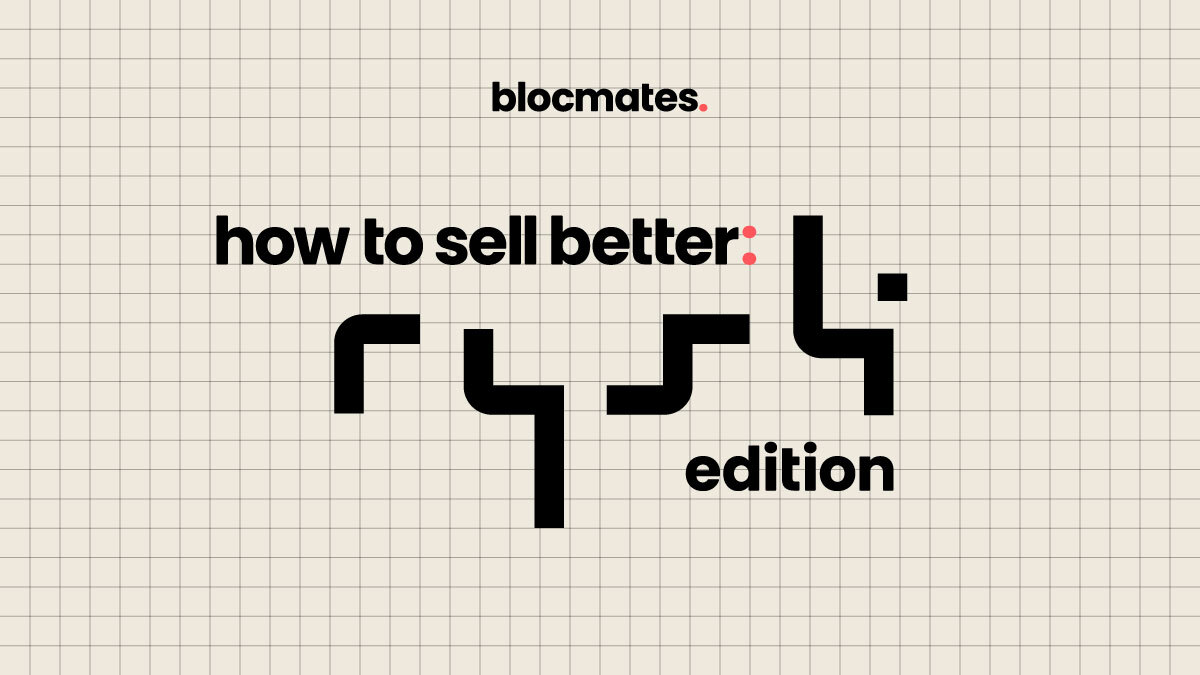
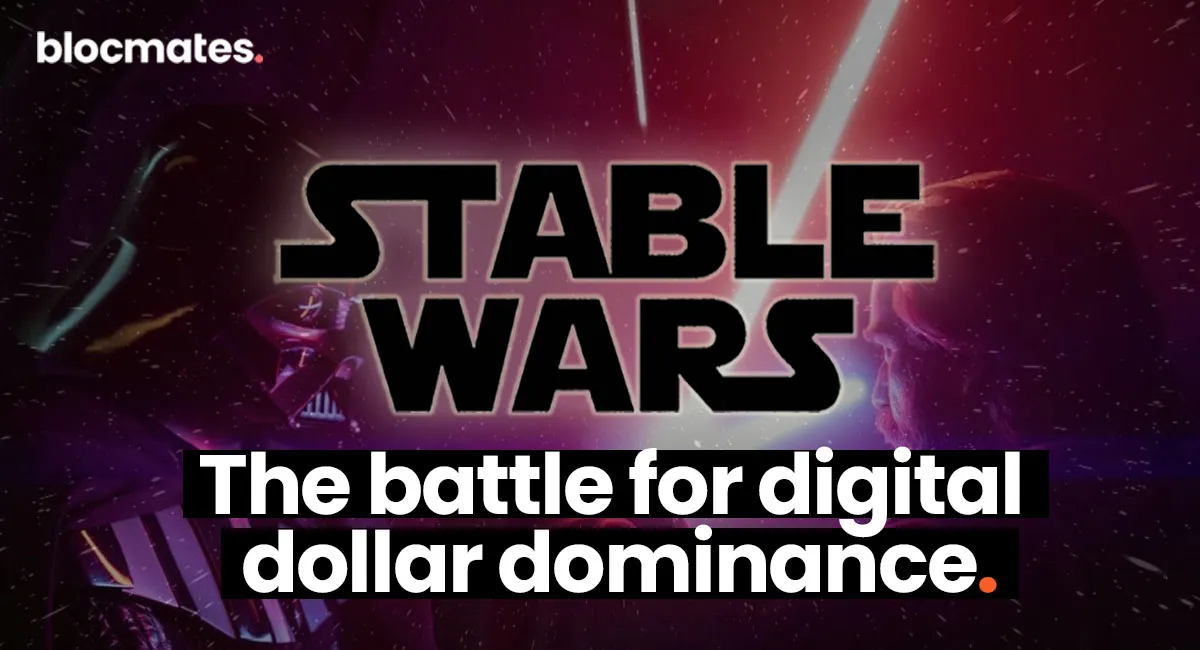

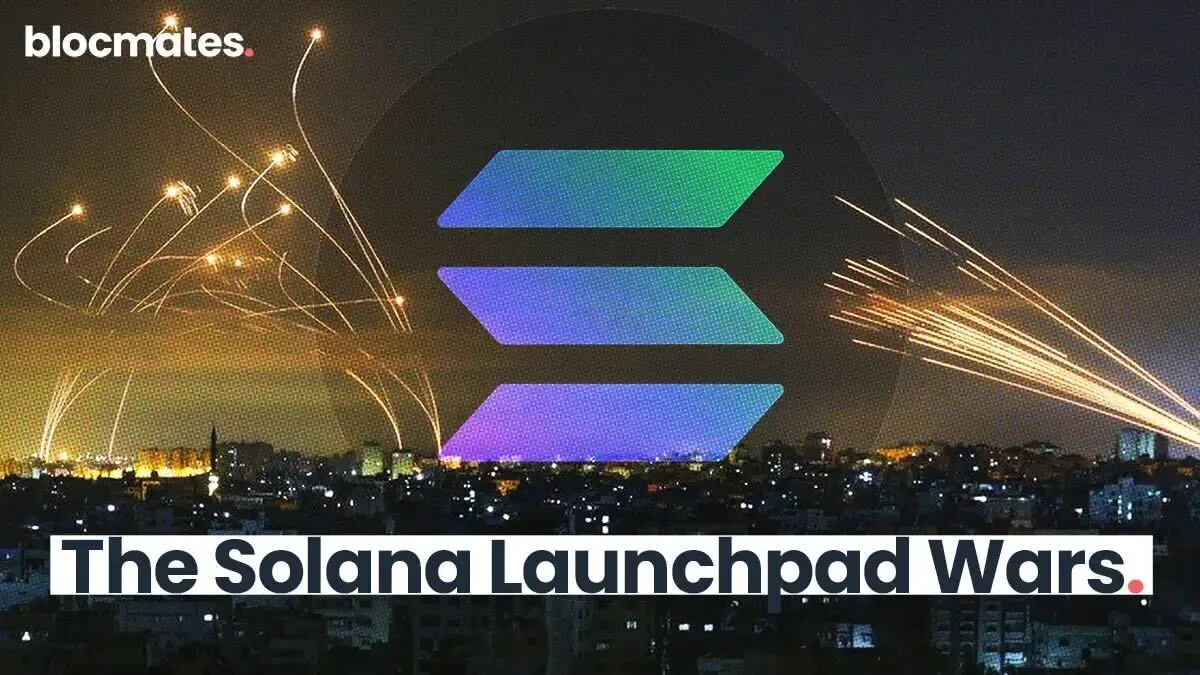




















%202.webp)


.webp)

.webp)
.webp)
.webp)


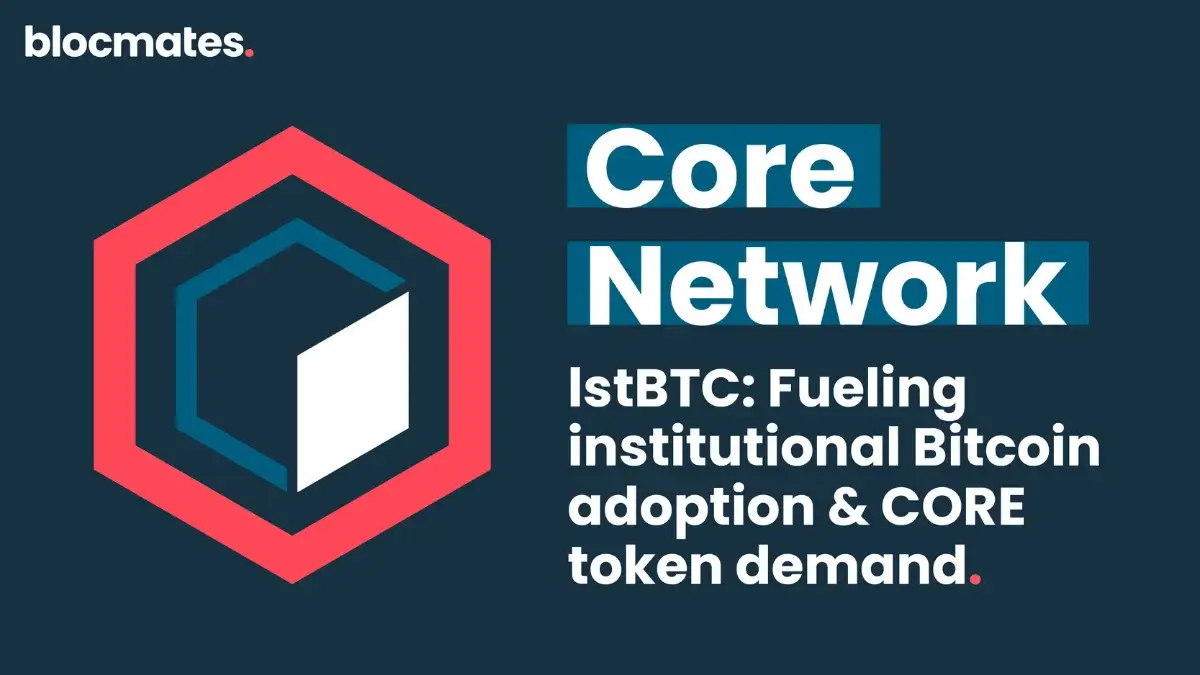
.webp)

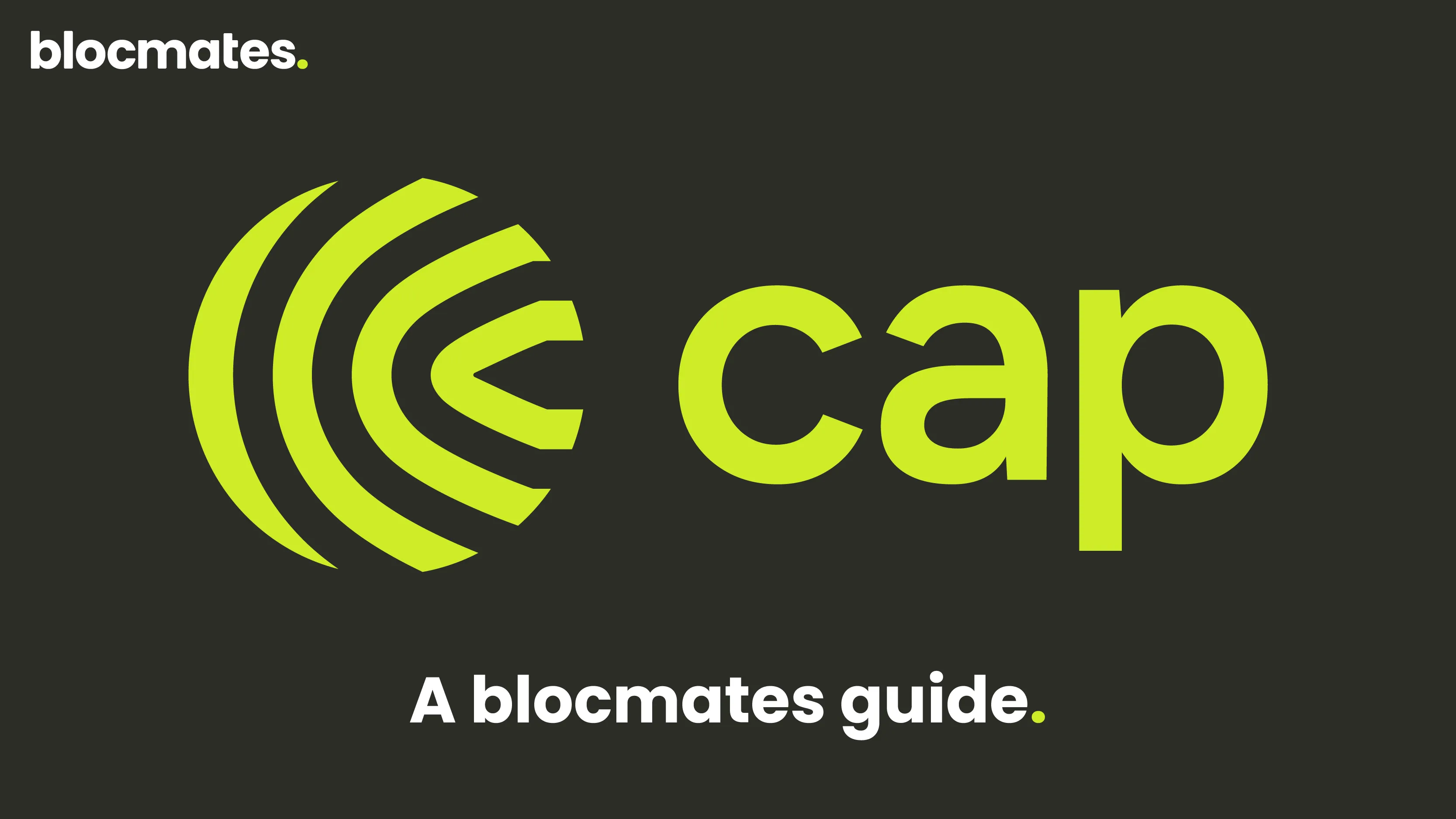










%20the%20Next%20Big%20Unlock%20in%20AI.webp)








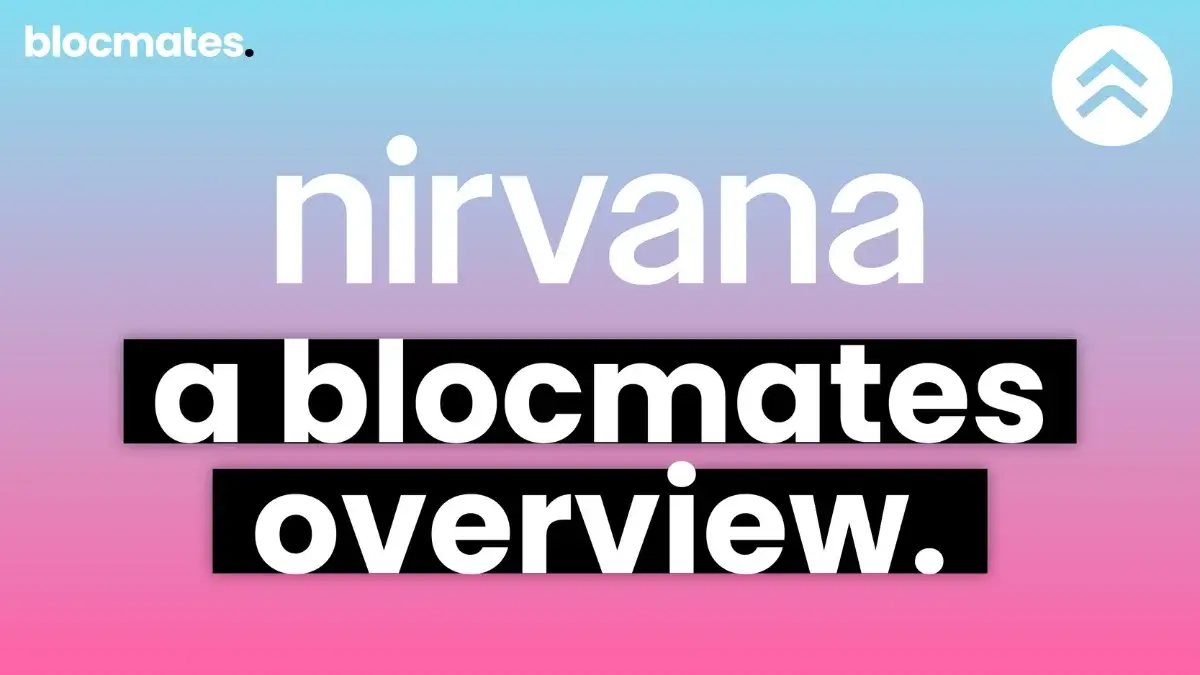

.webp)
.webp)
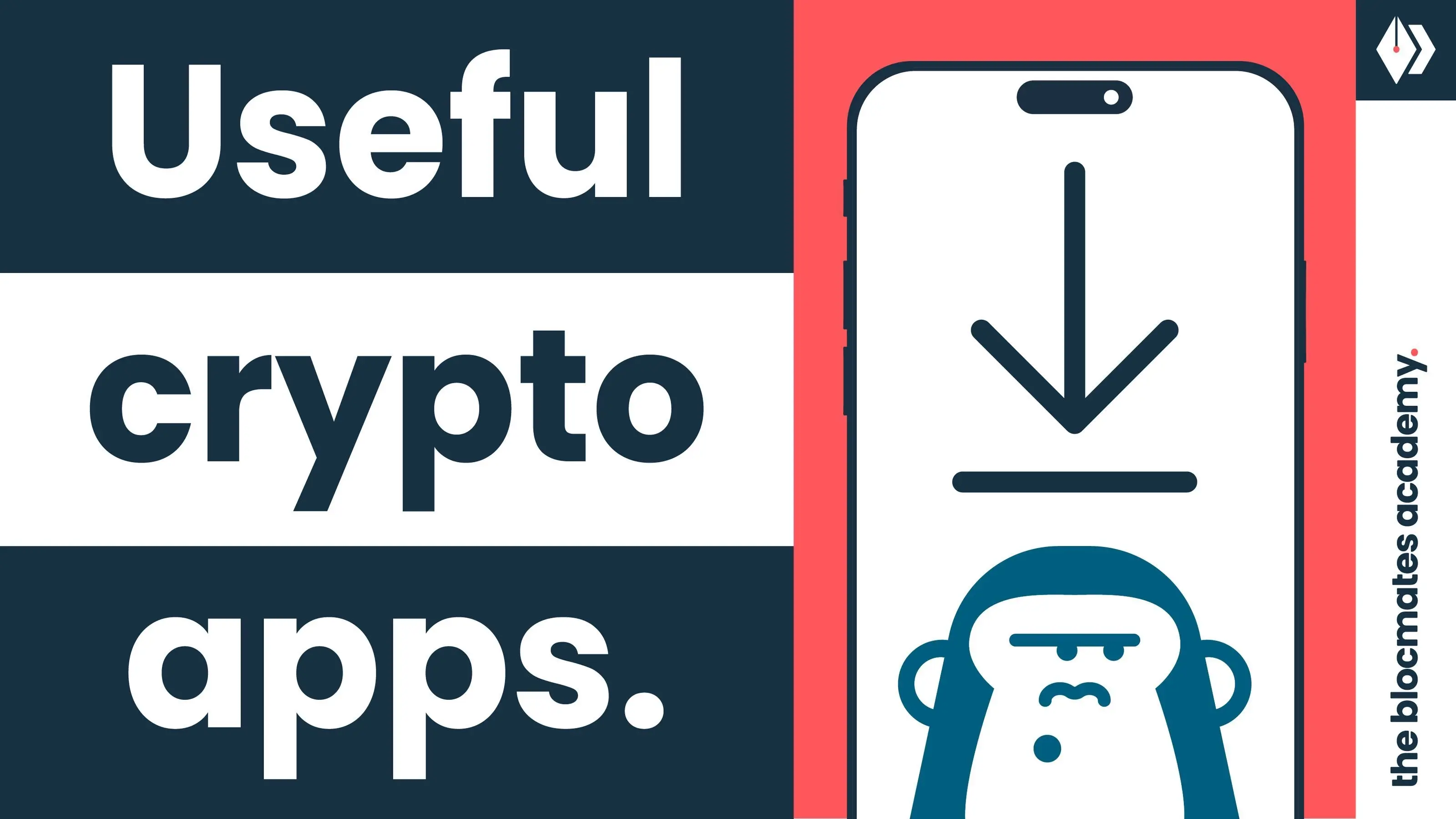
.webp)
.webp)
.webp)


.webp)
.webp)










.webp)


.webp)






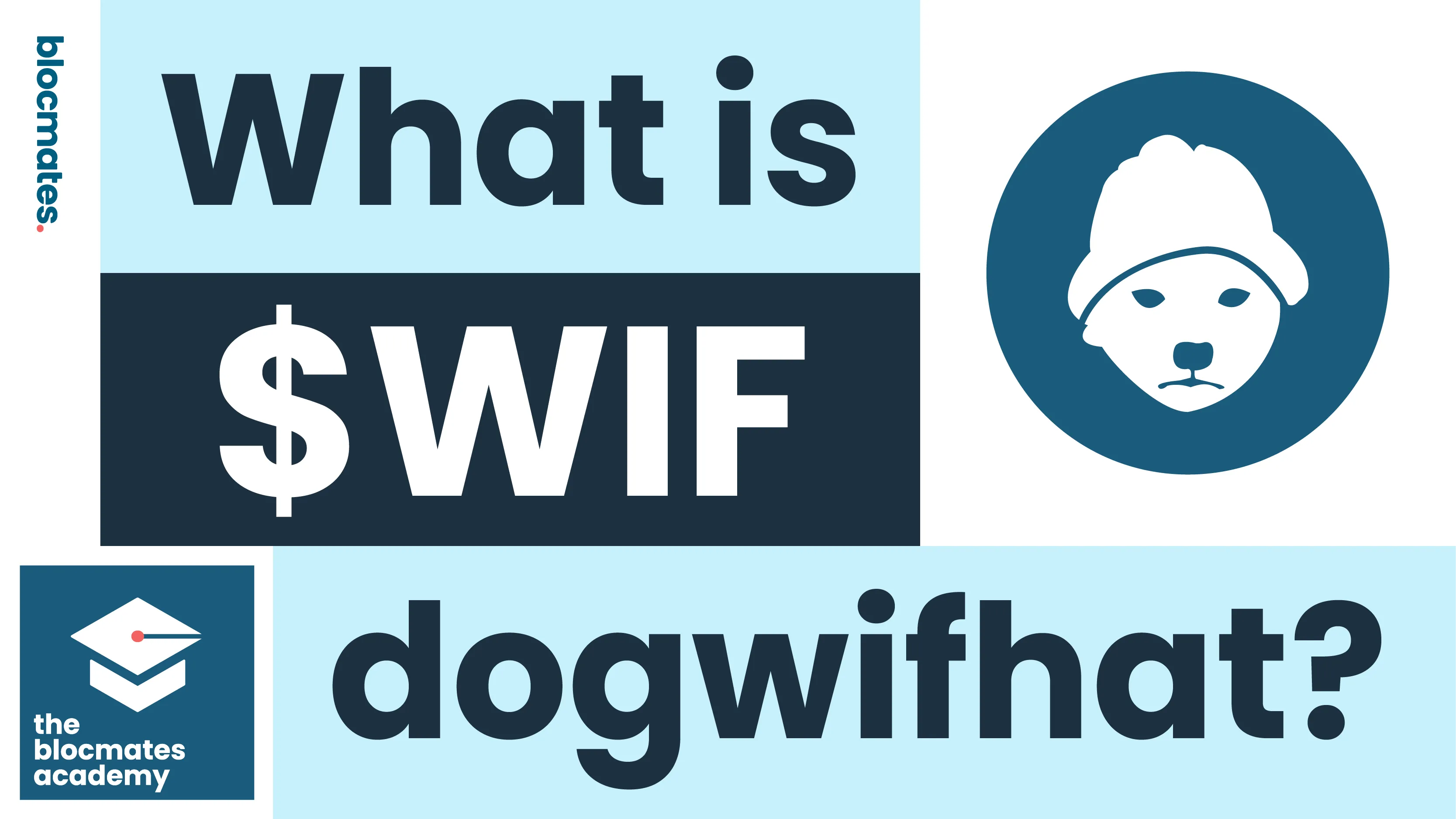


.webp)







.webp)
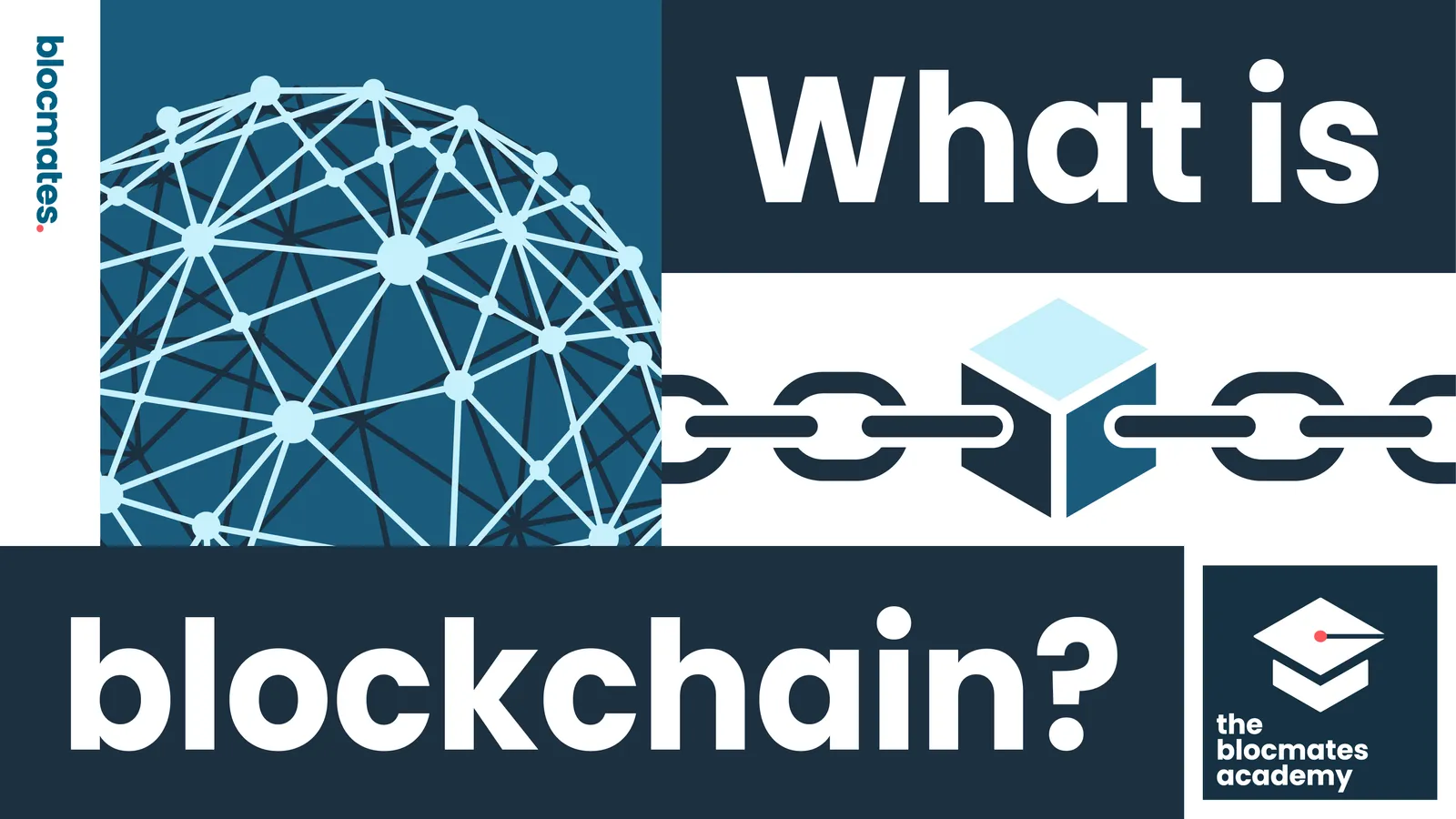



.webp)











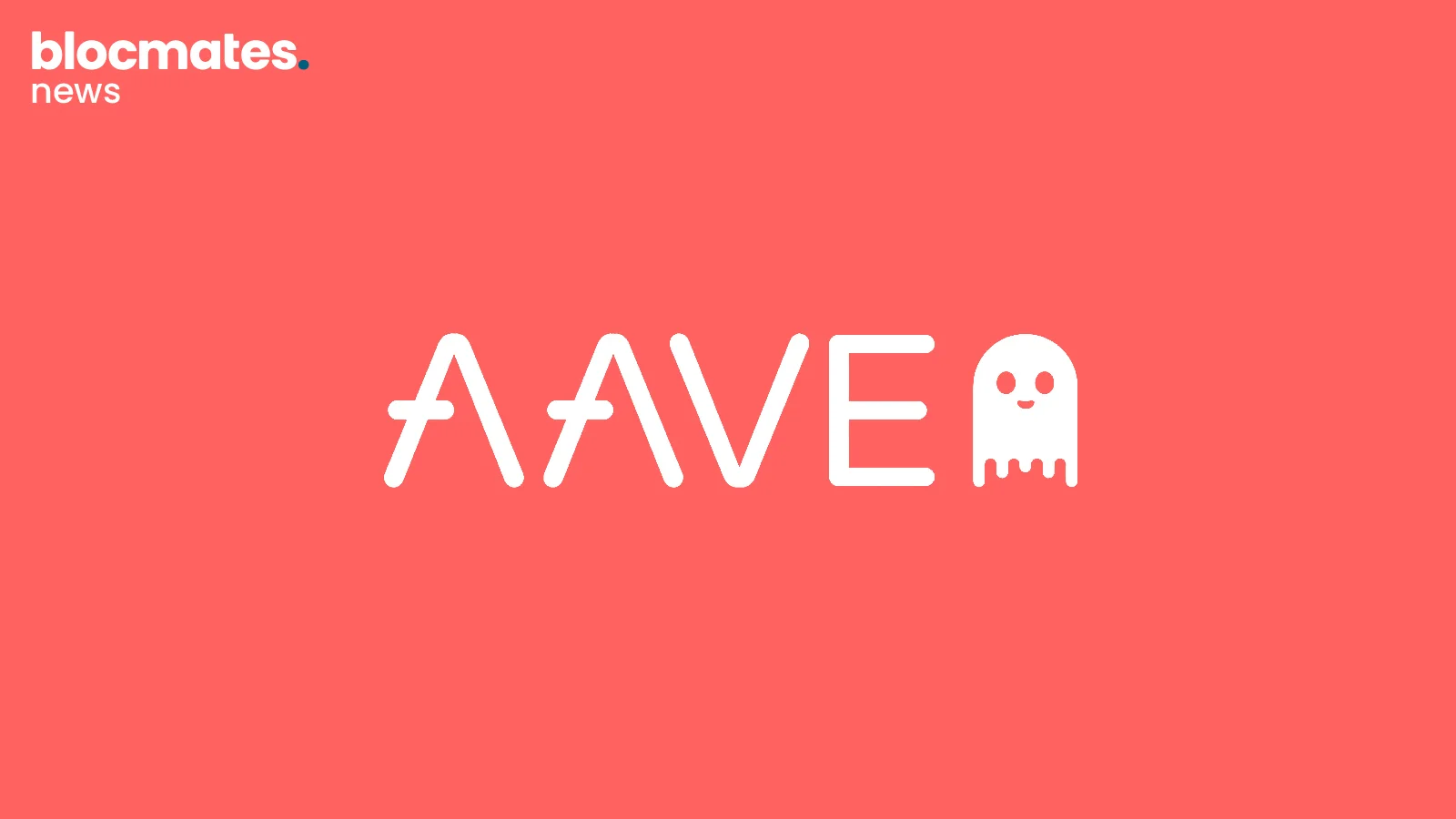
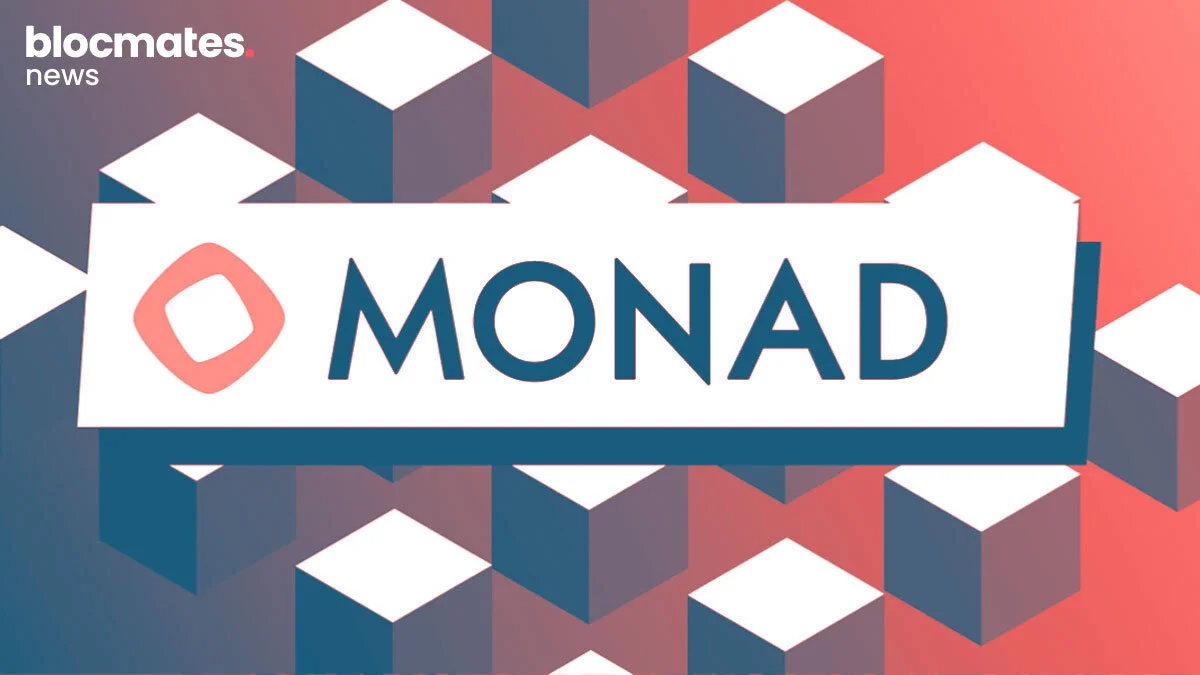


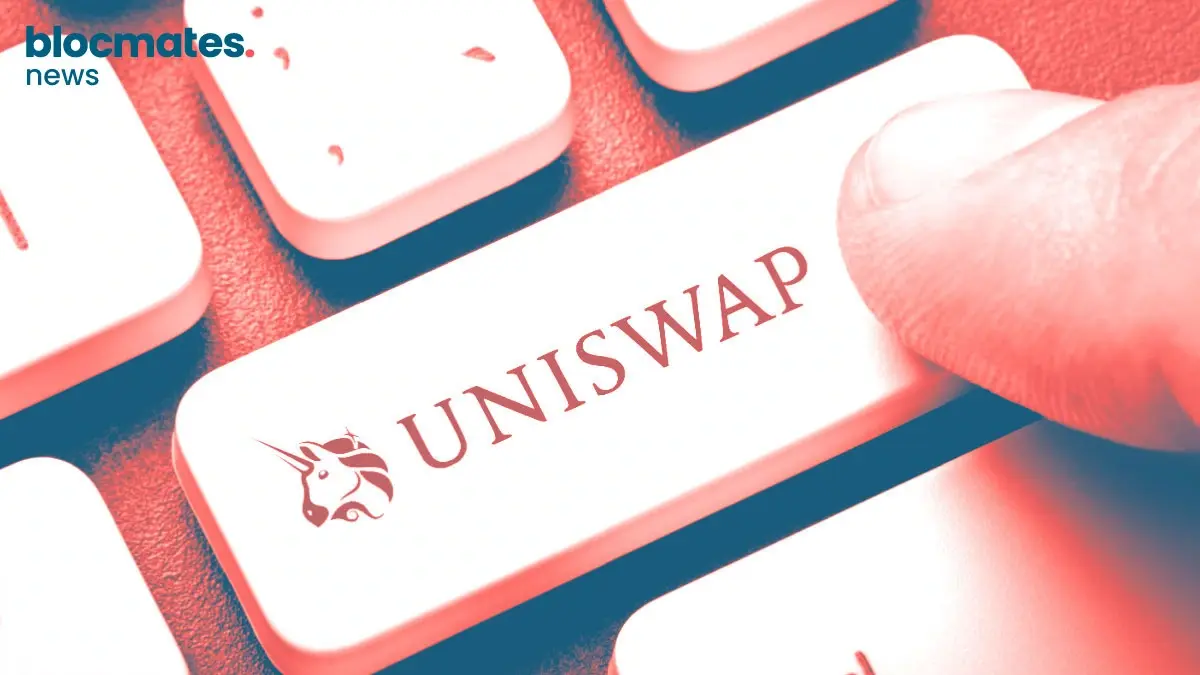

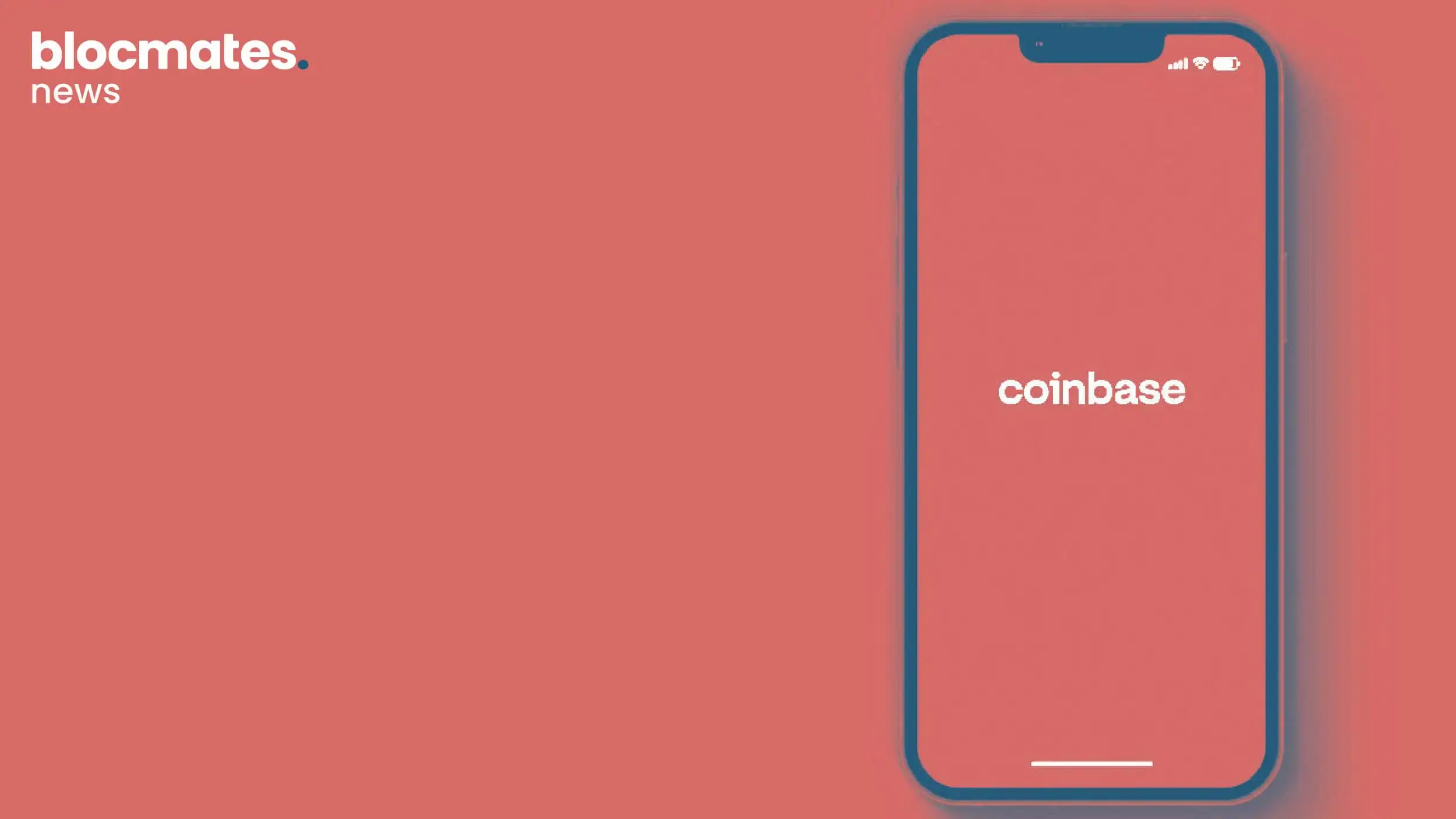
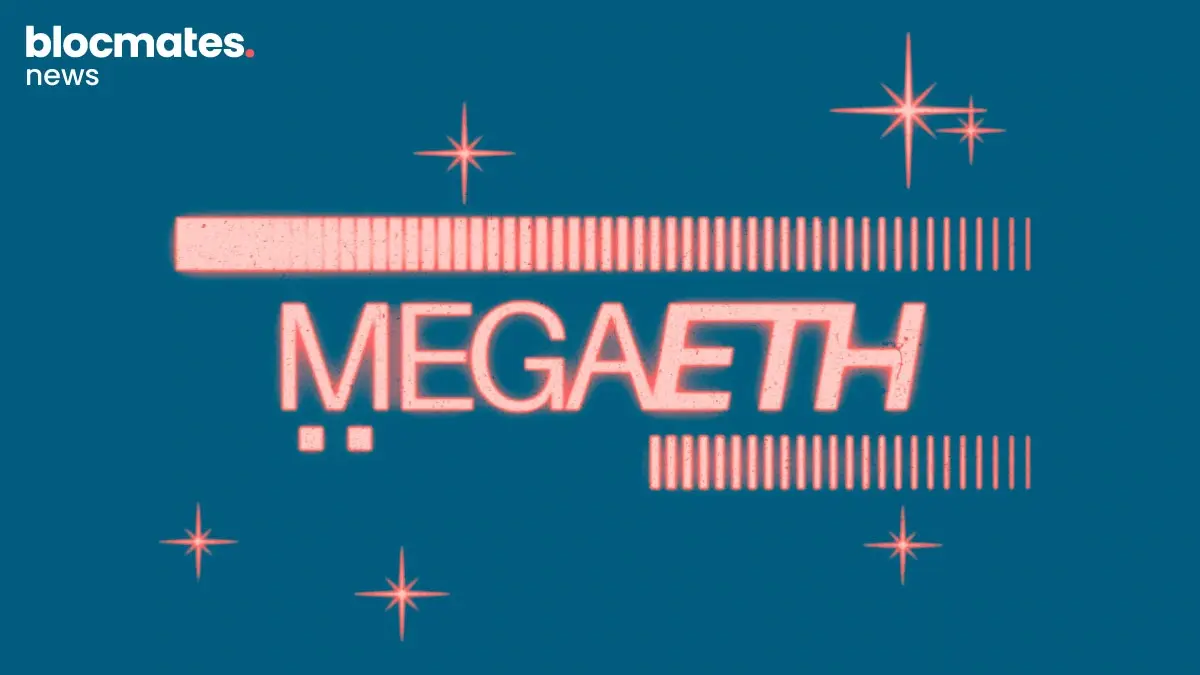



.webp)




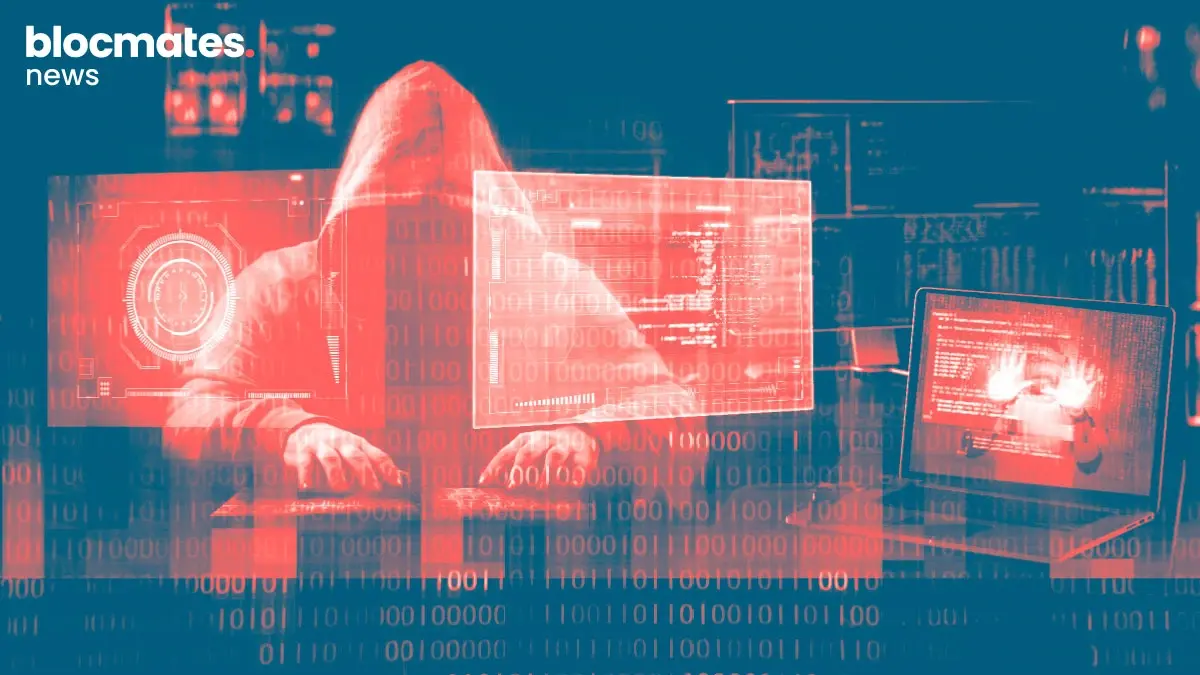


.webp)


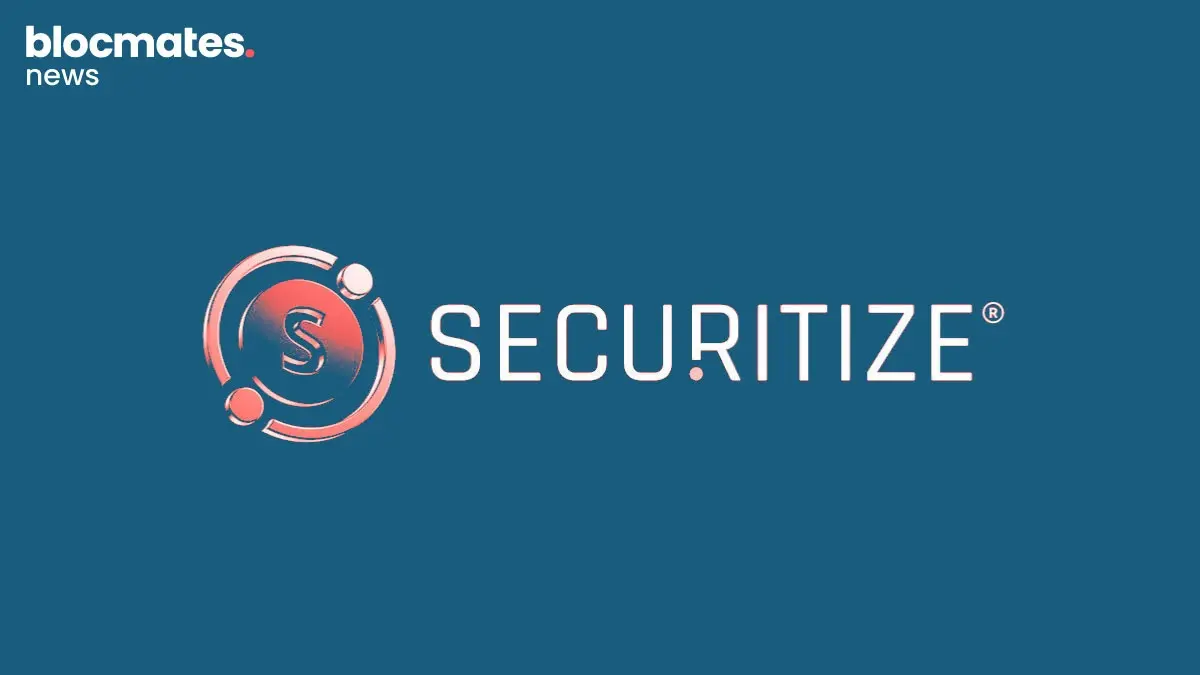
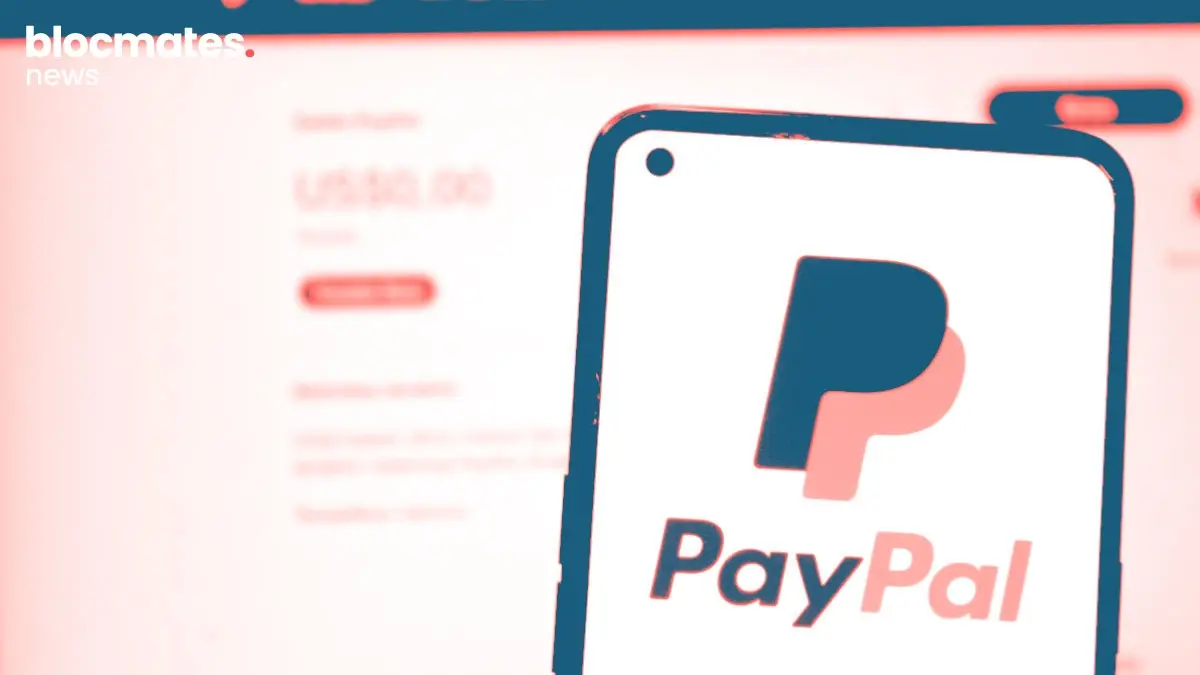
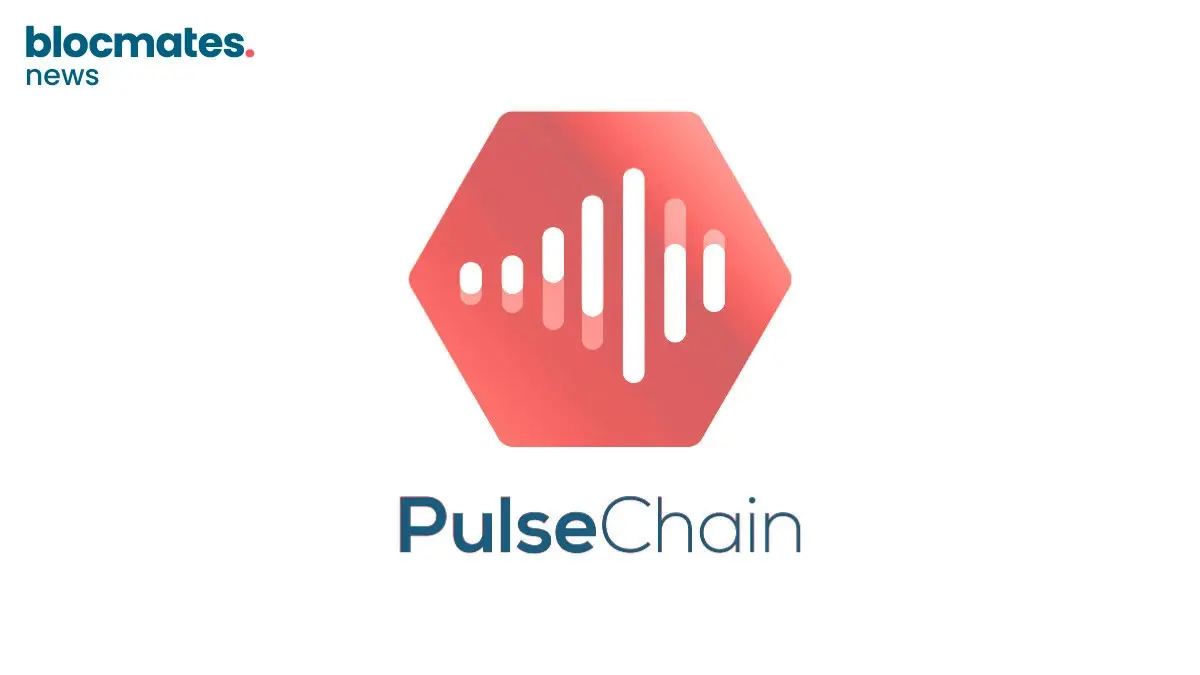
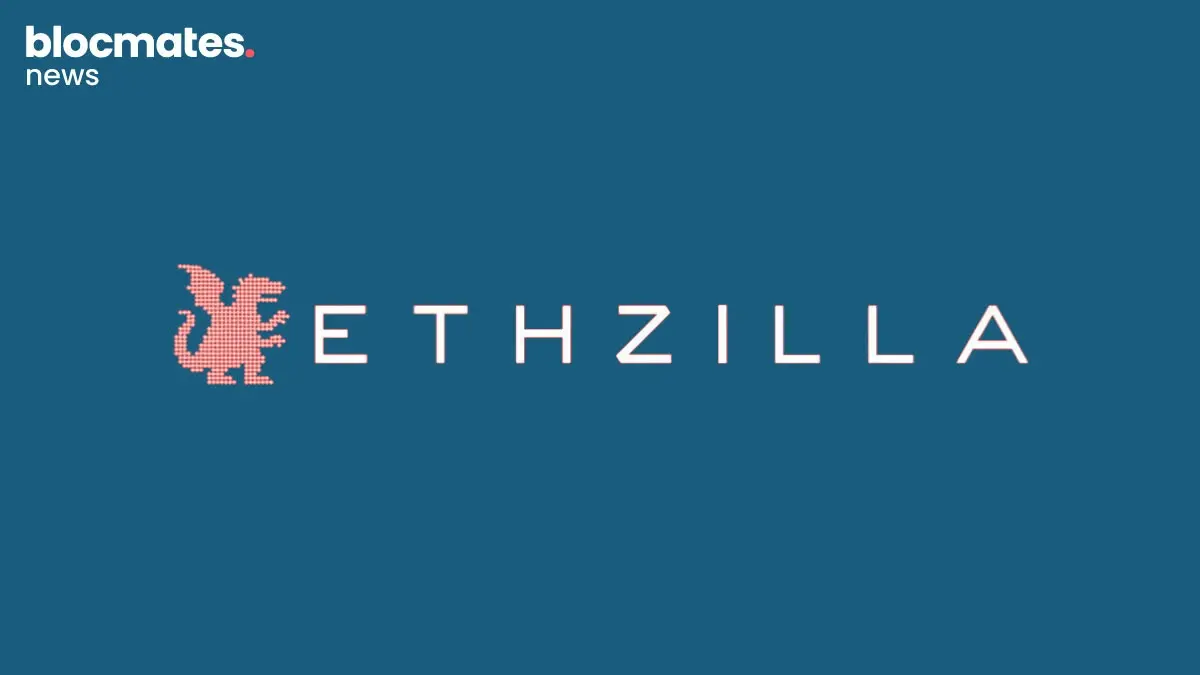
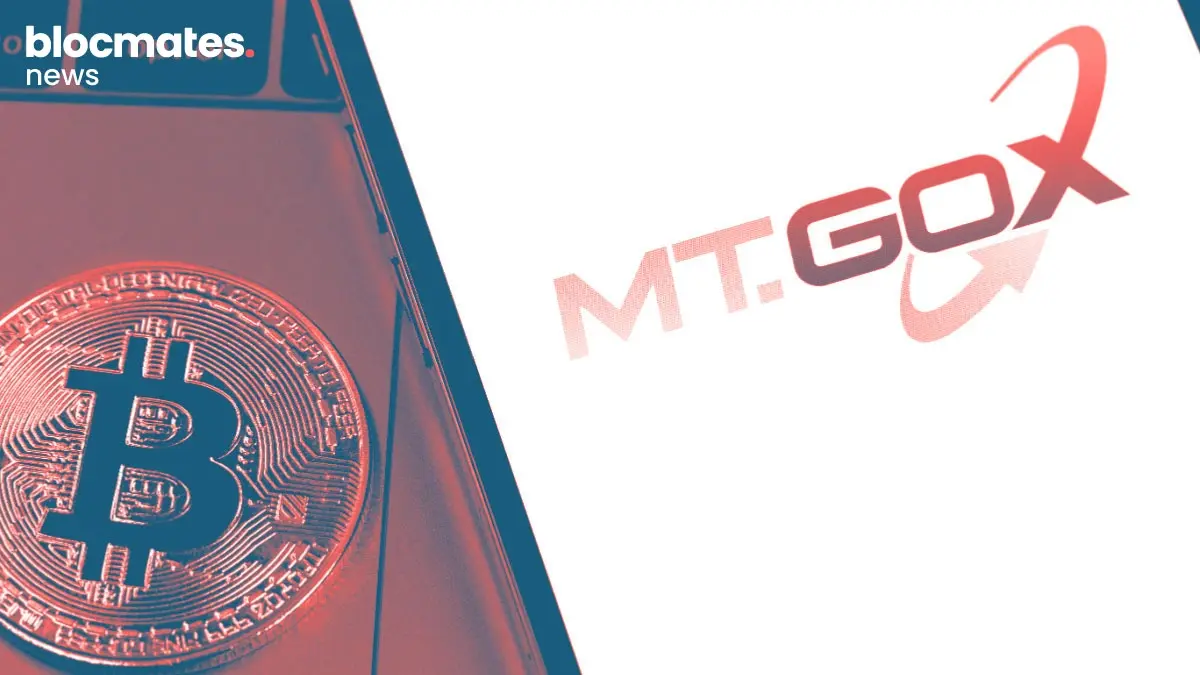




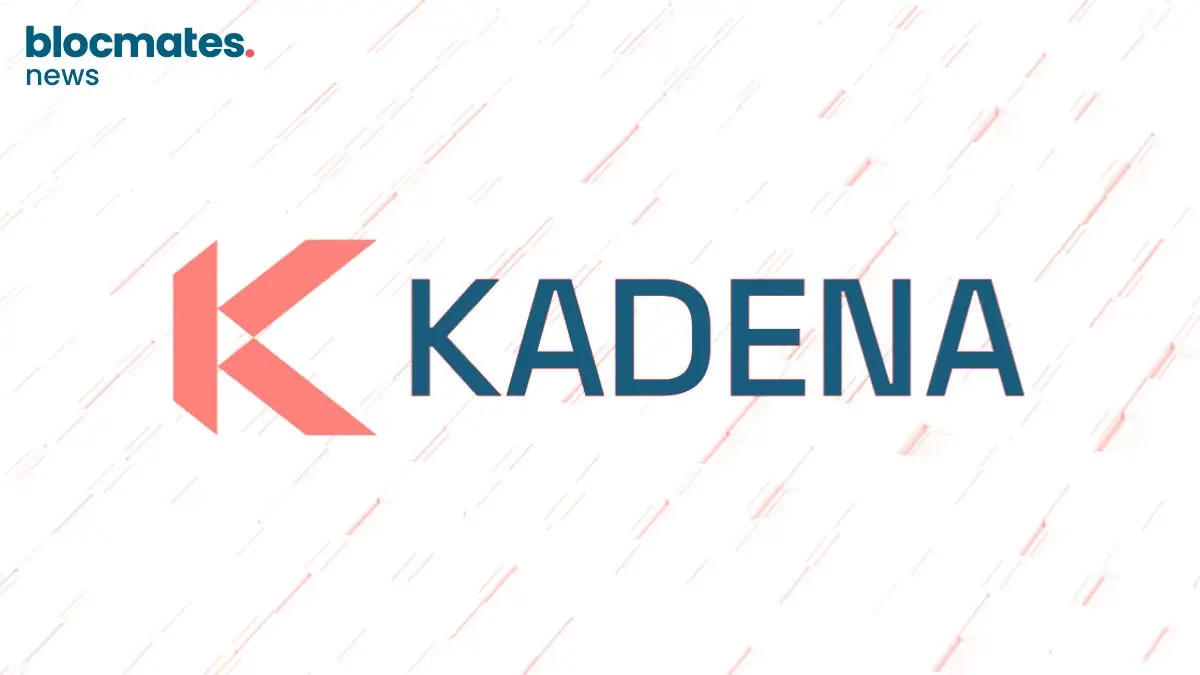

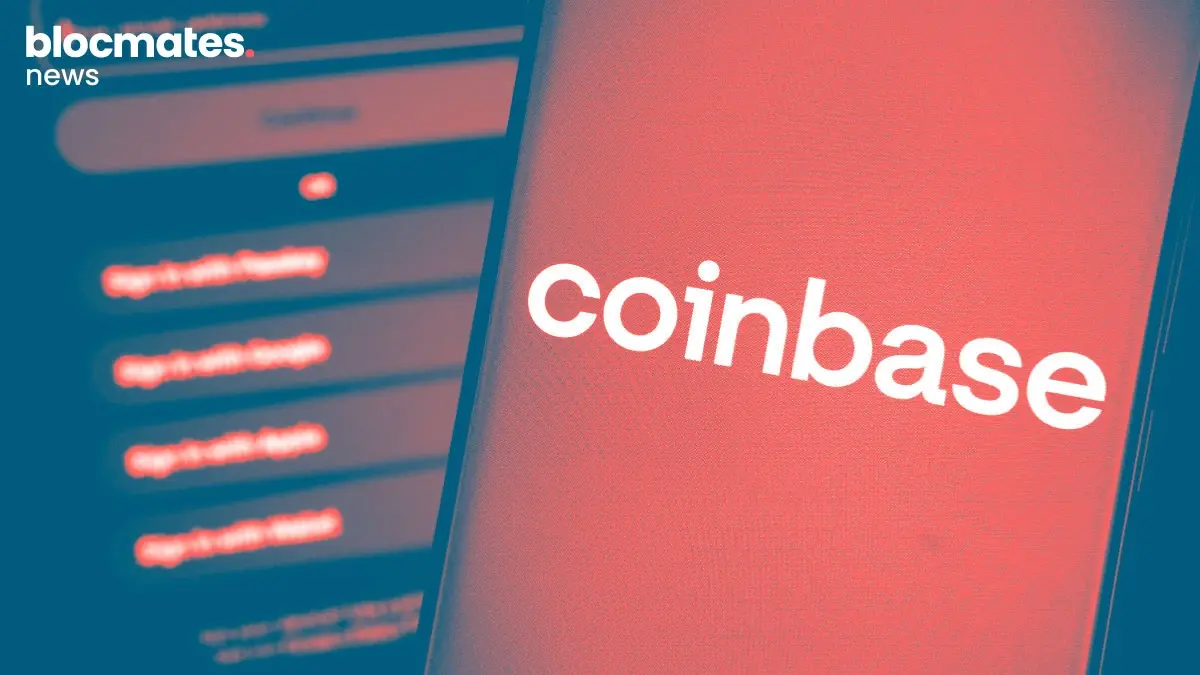
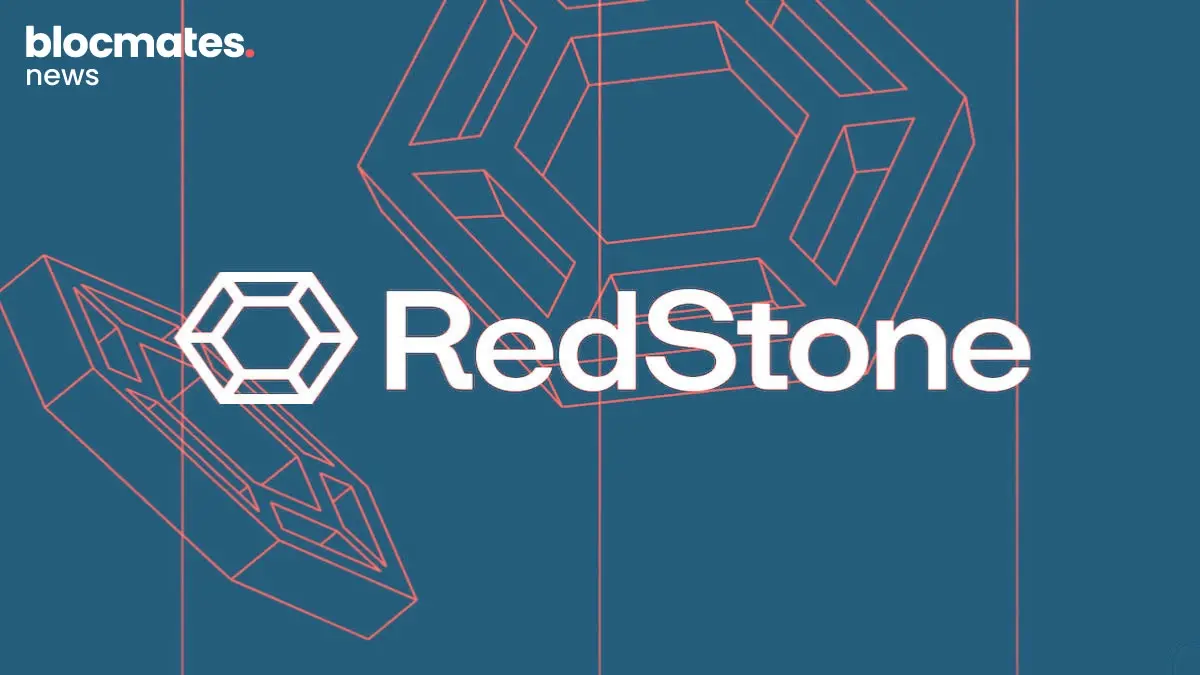
.webp)

.webp)
.webp)

.webp)


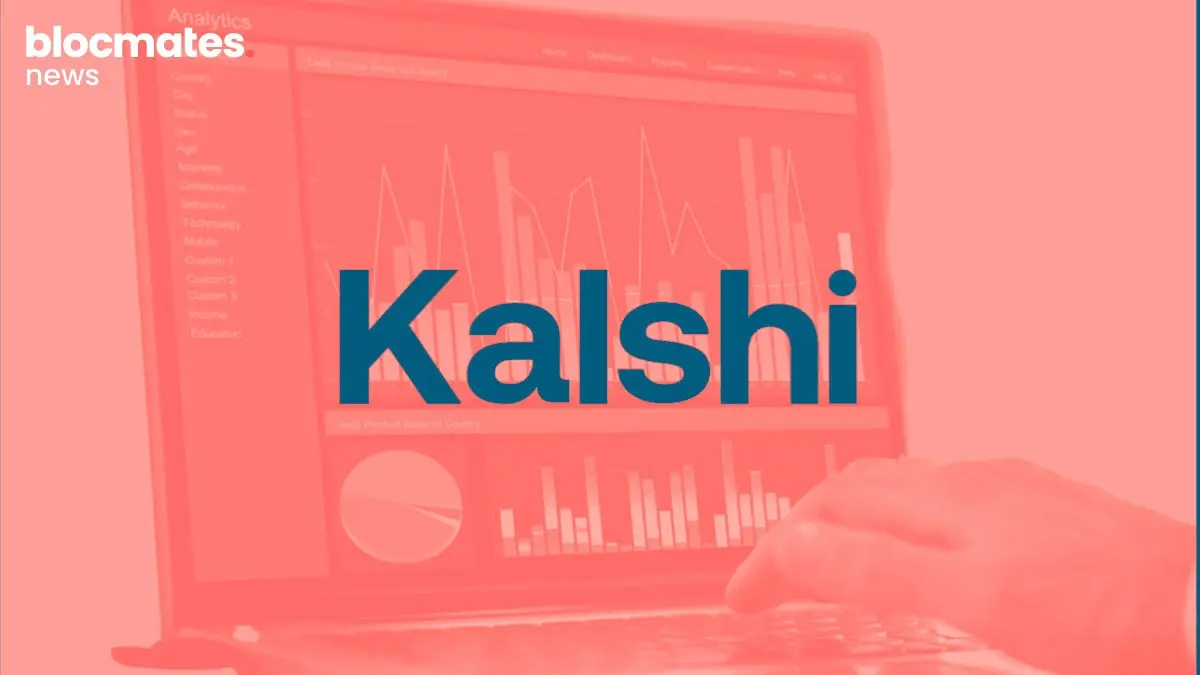
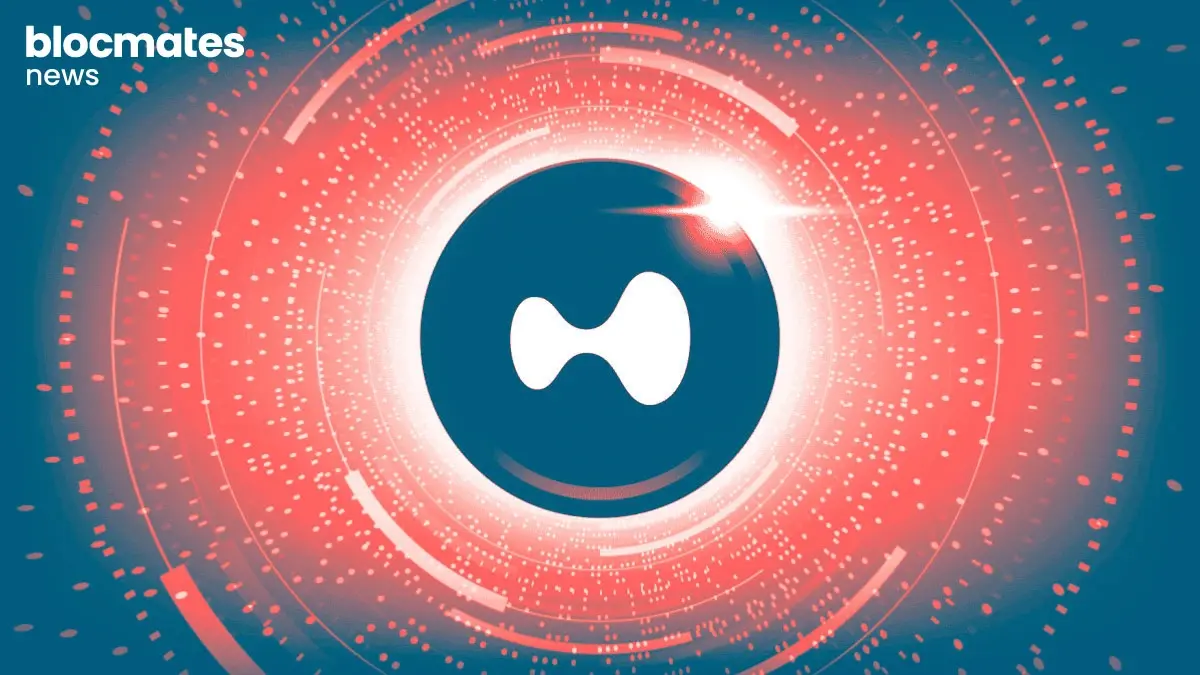



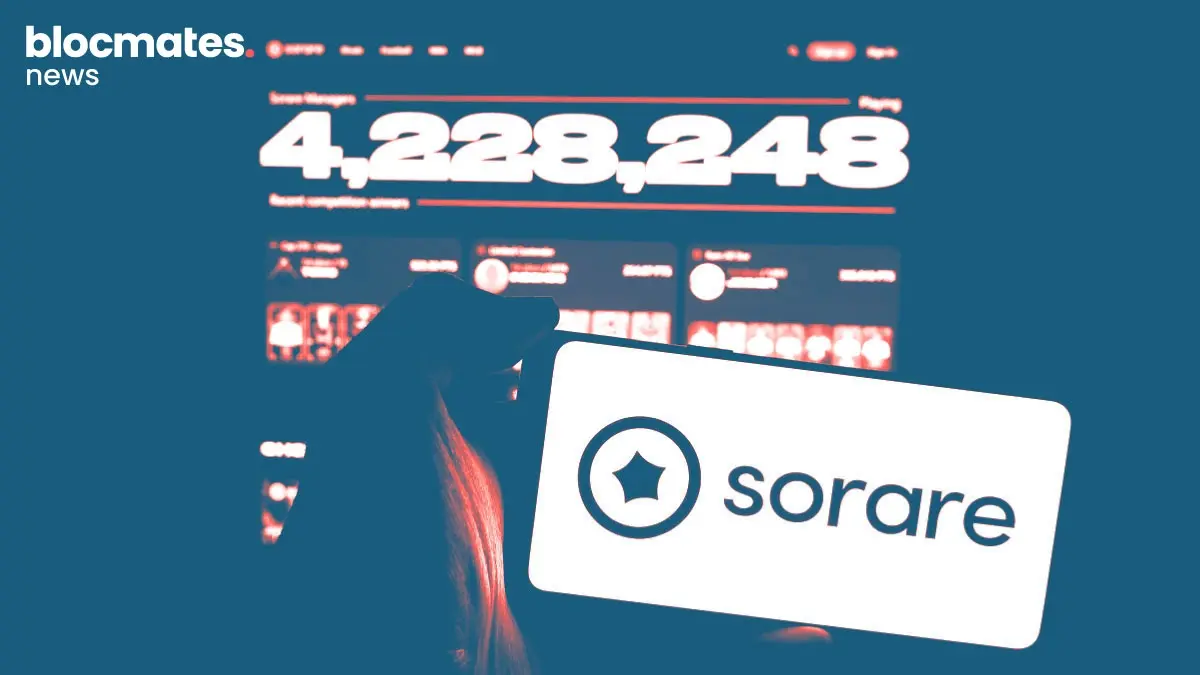
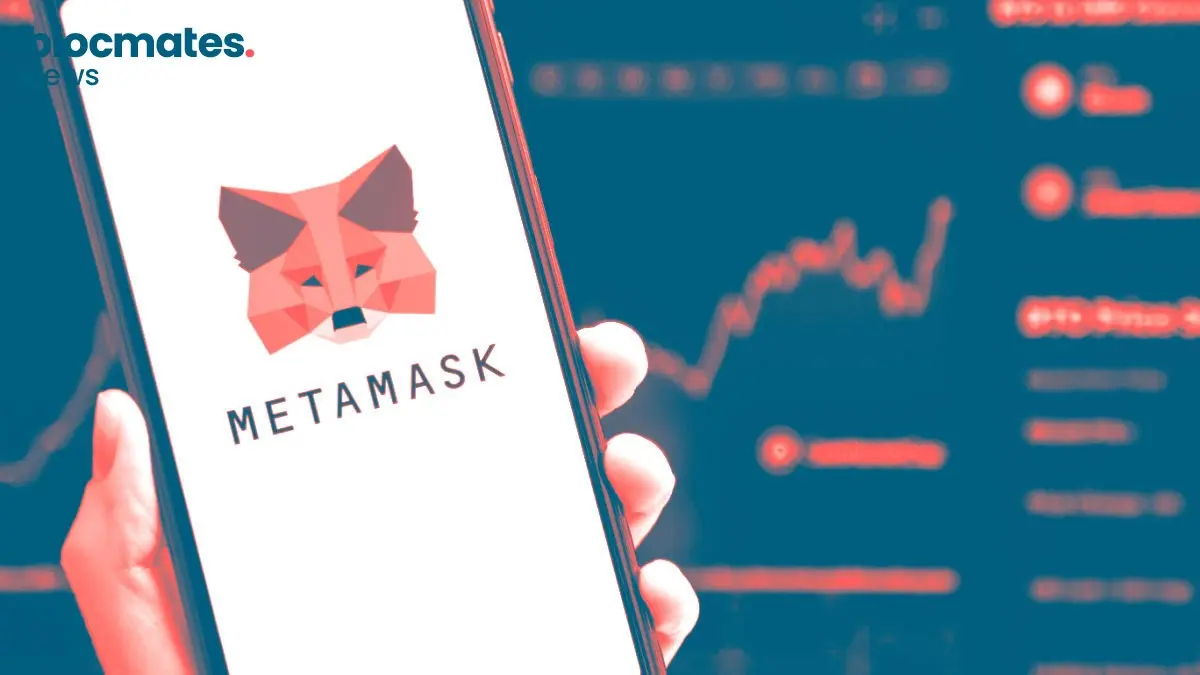
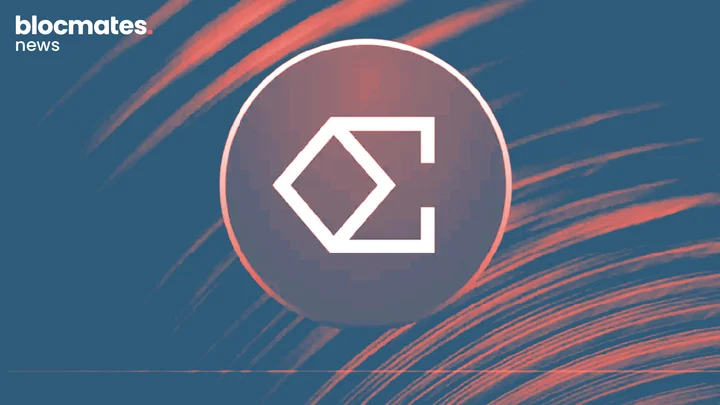


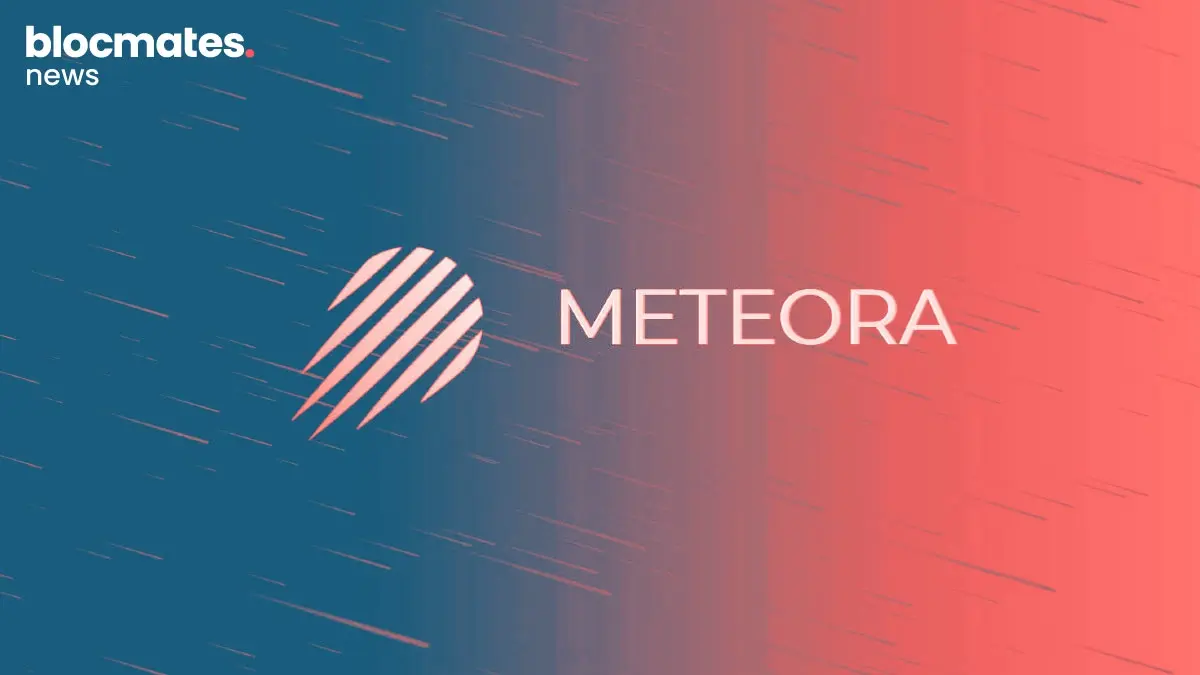


.webp)

.webp)

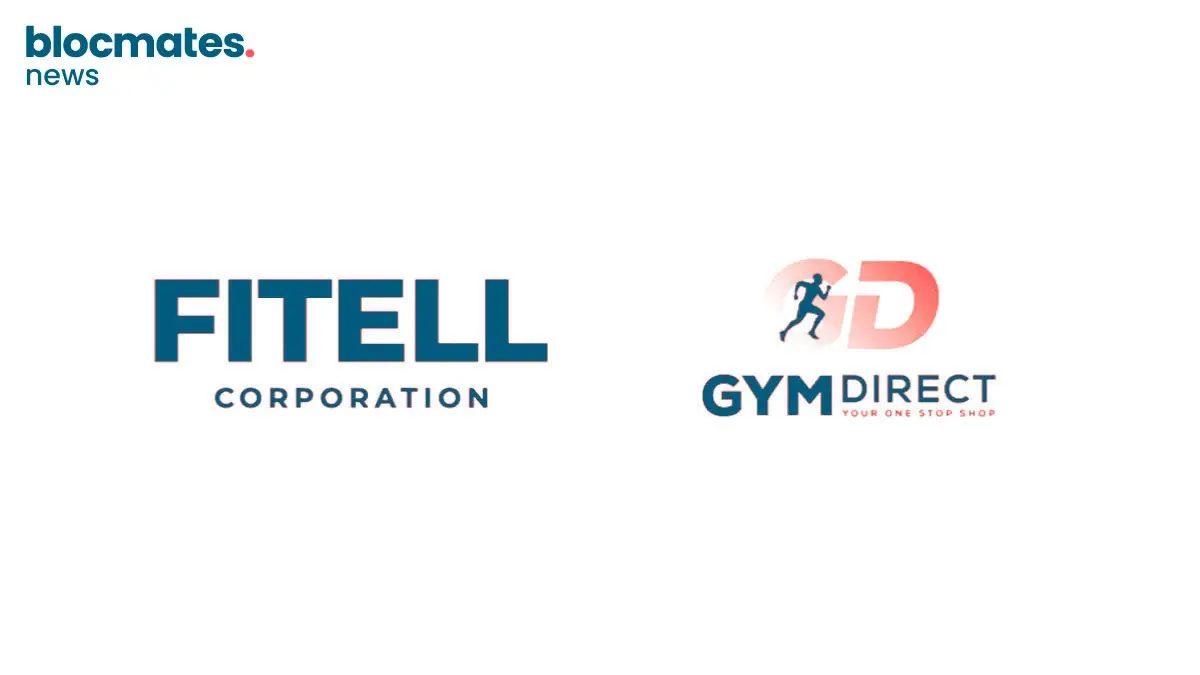
.webp)



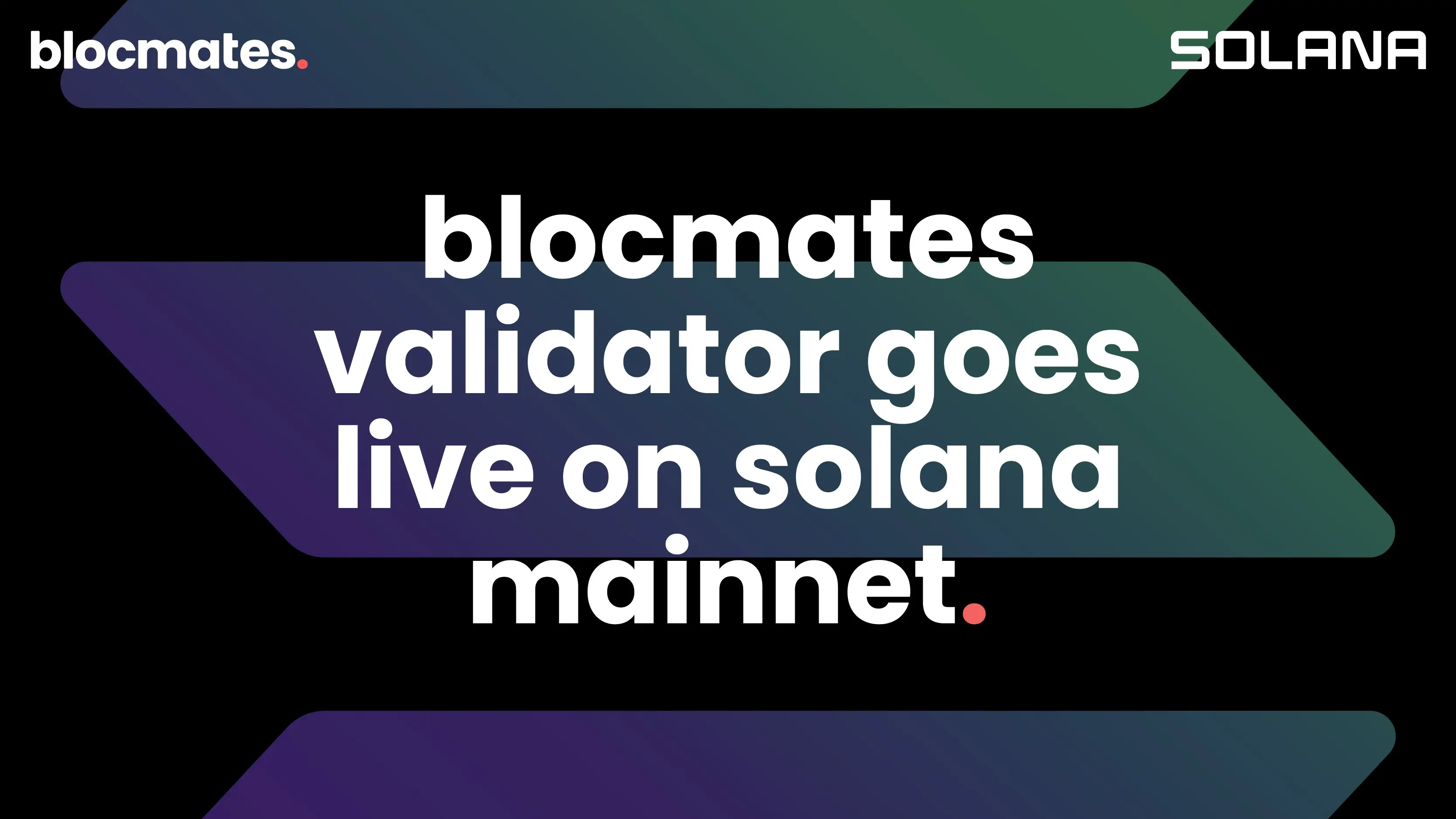
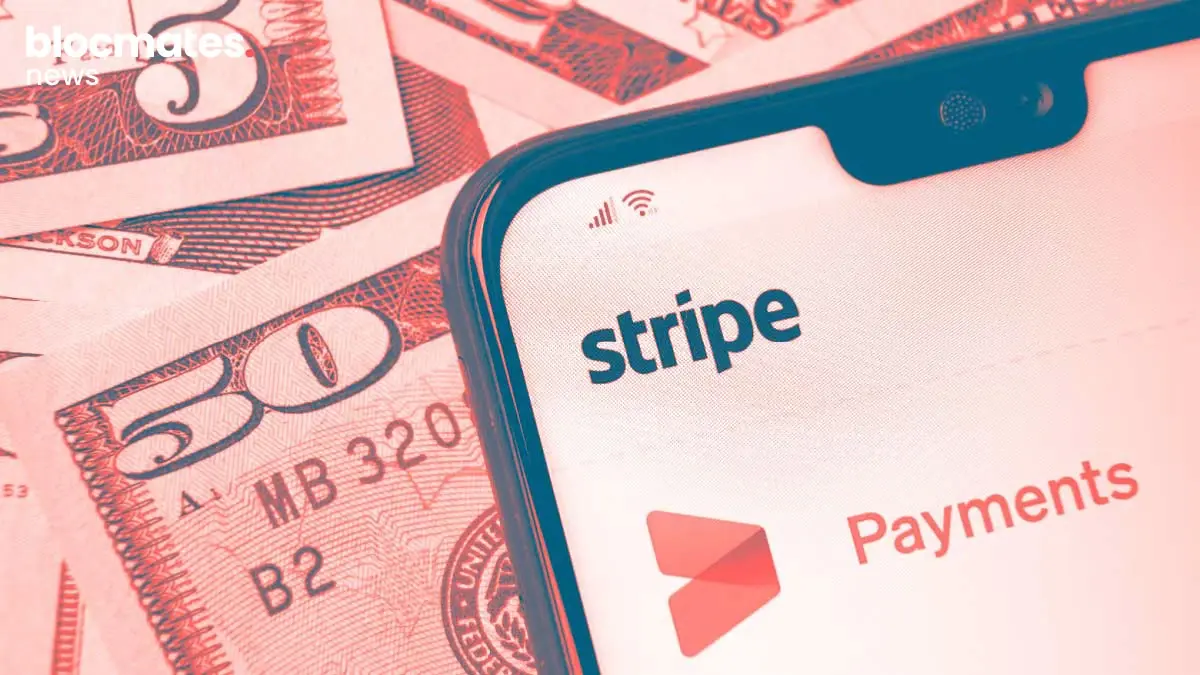
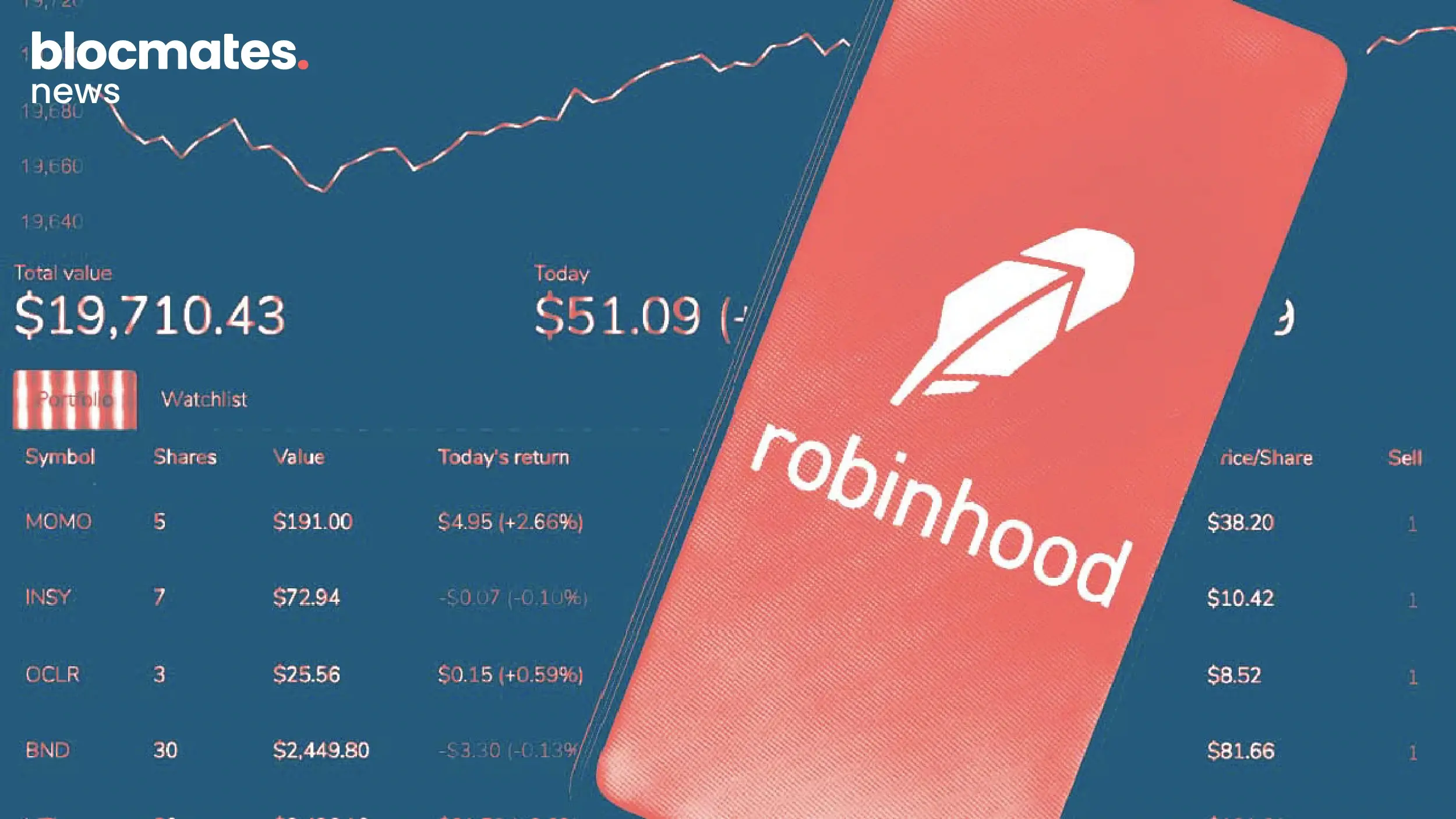


.webp)
